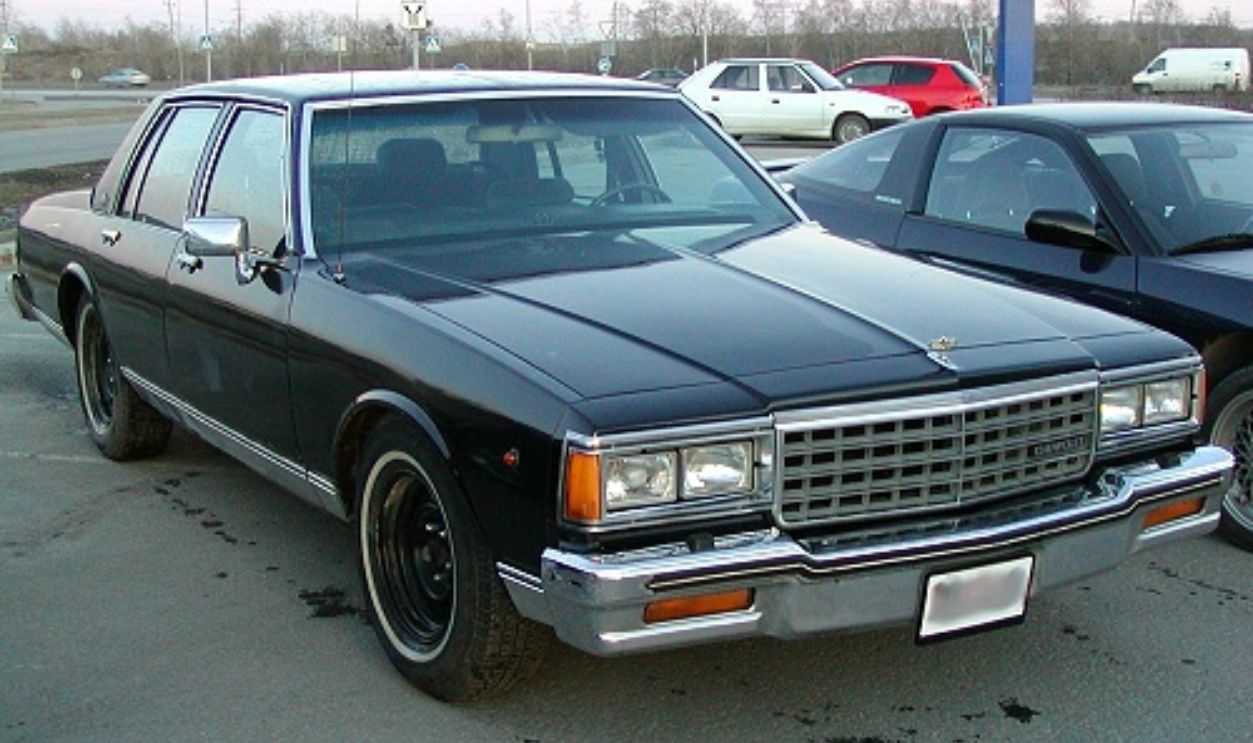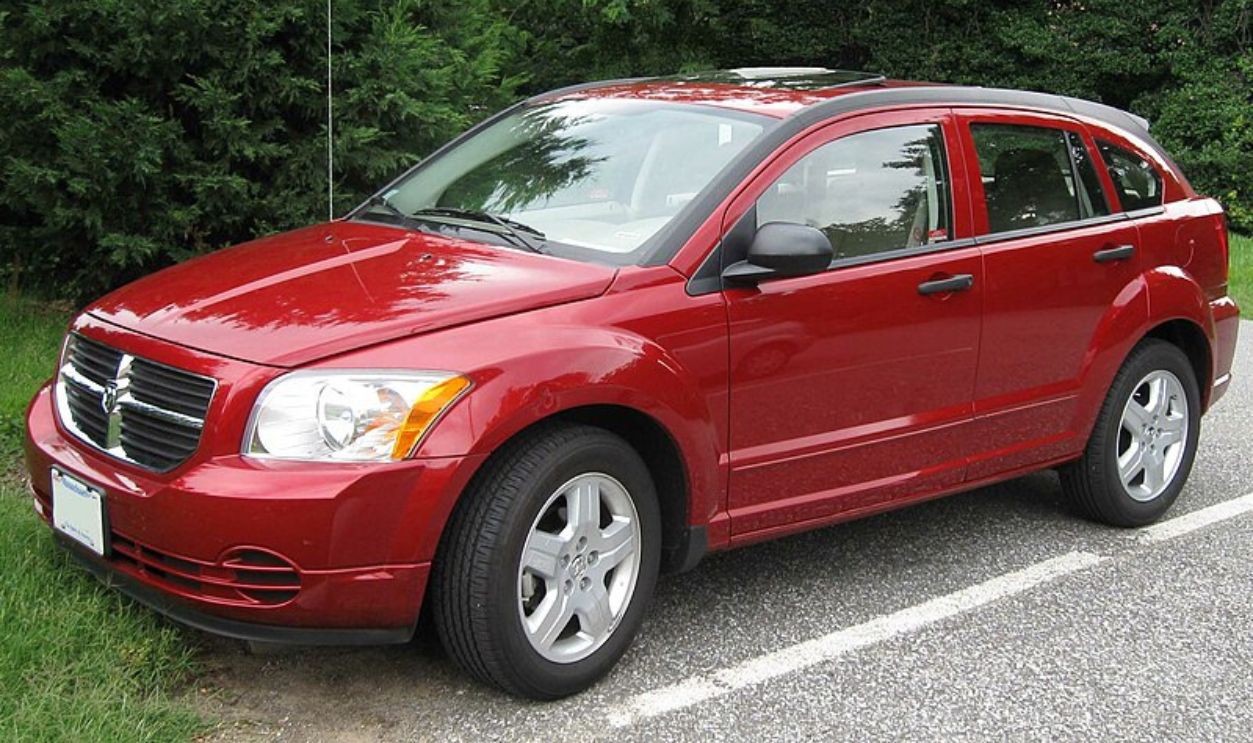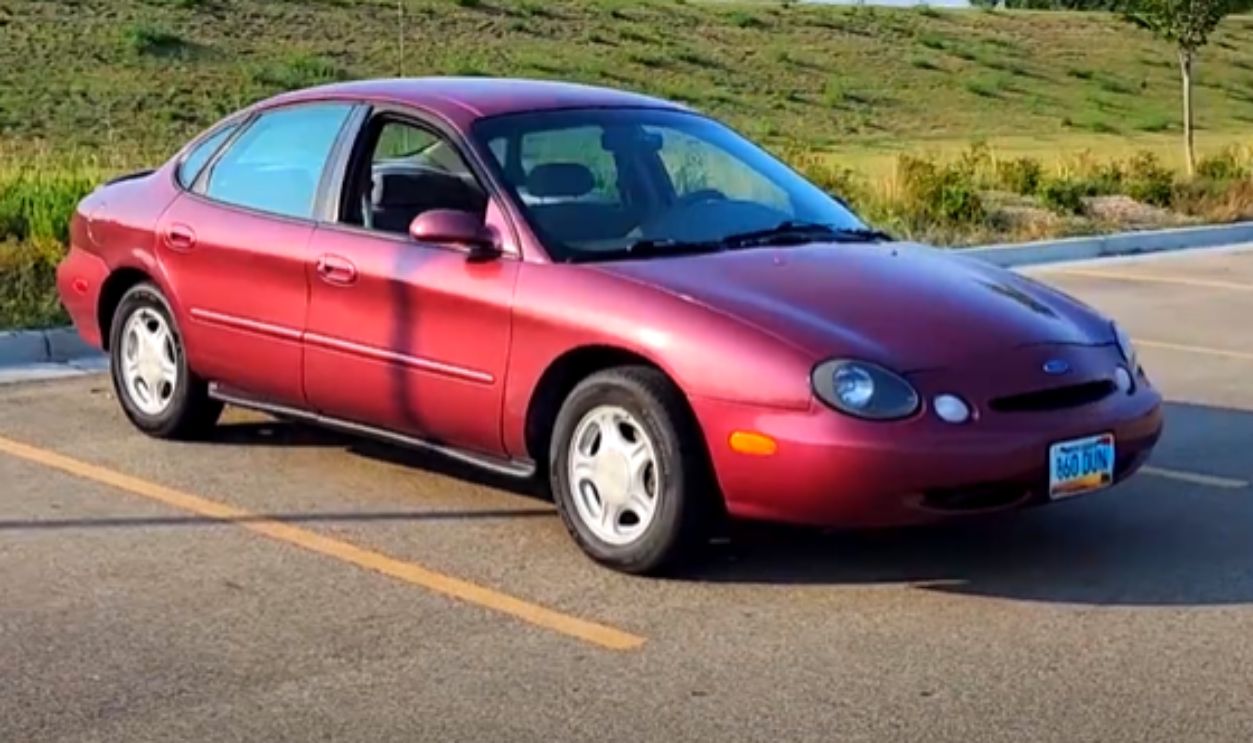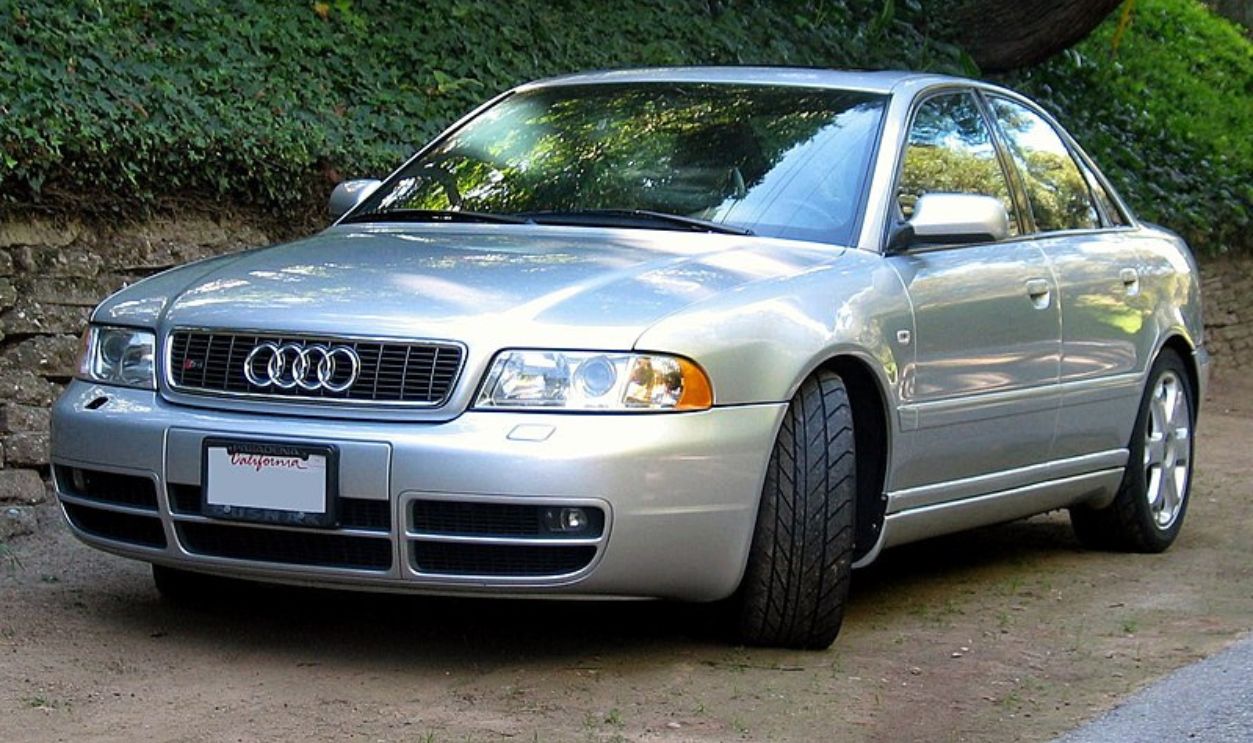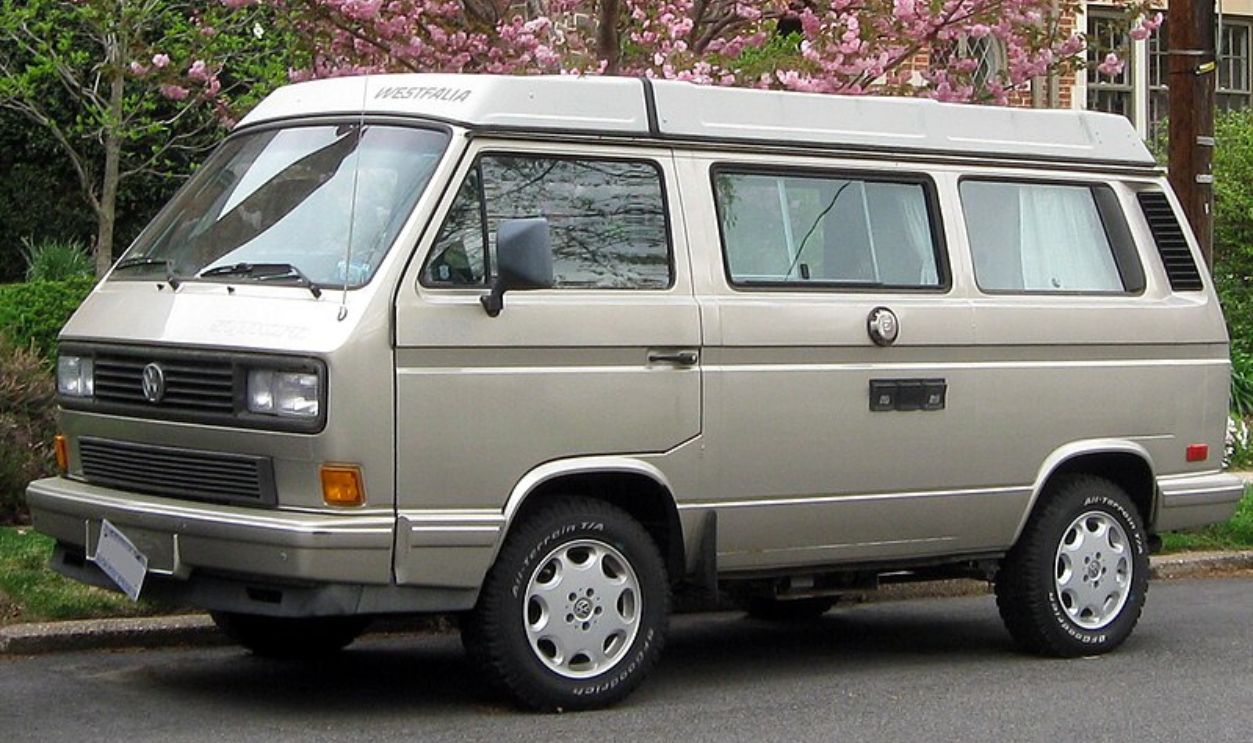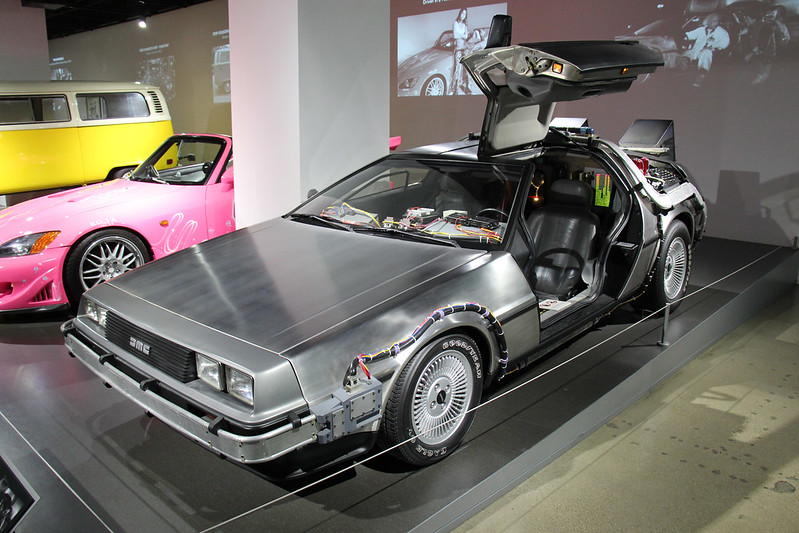Why Pick This One?
Cars are a constant in filmmaking. However, some picks have left viewers wondering, "Was this the best pick"? Here is a list of 15 movie cars that many have wondered why.
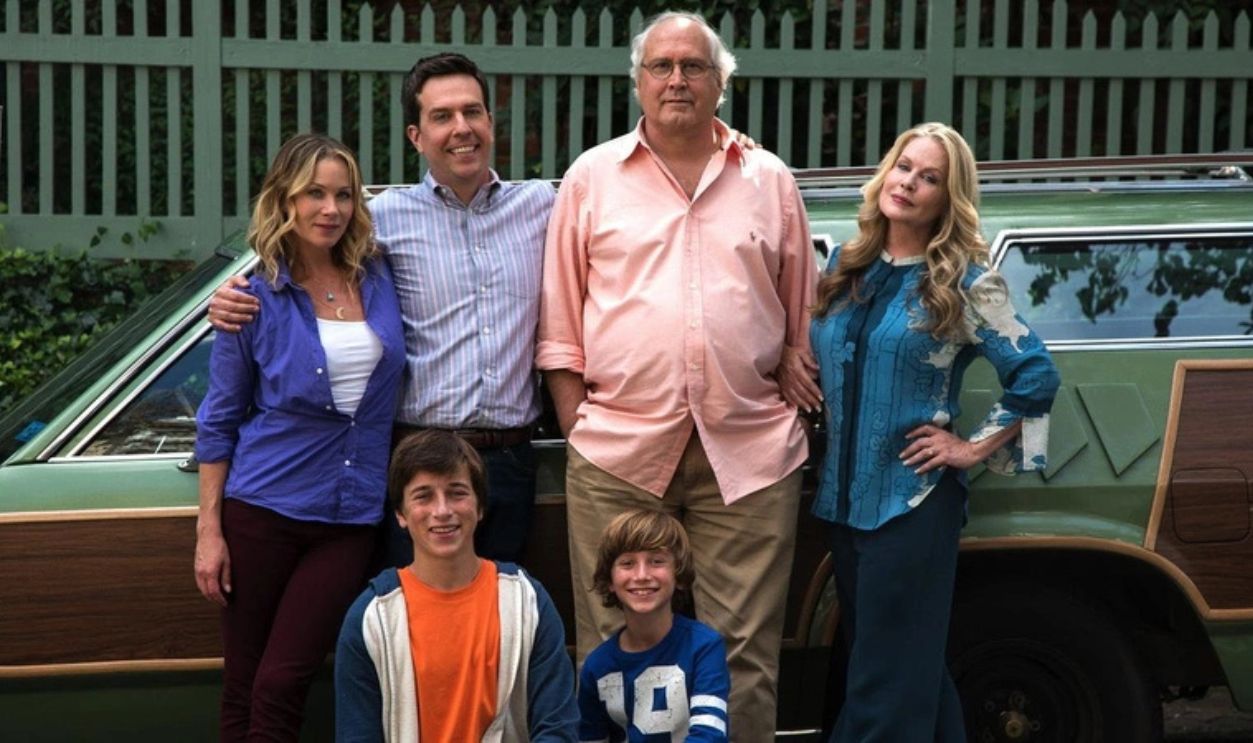
Wagon Queen Family Truckster (National Lampoon's Vacation, 1983)
The Truckster's design is a parody gone wrong. Excessive wood paneling, fake air vents, and a color best described as "swamp green" turned it into a cringe-worthy eyesore. The vehicle was designed to mock the idea of a family car, but instead, it became a rolling joke.
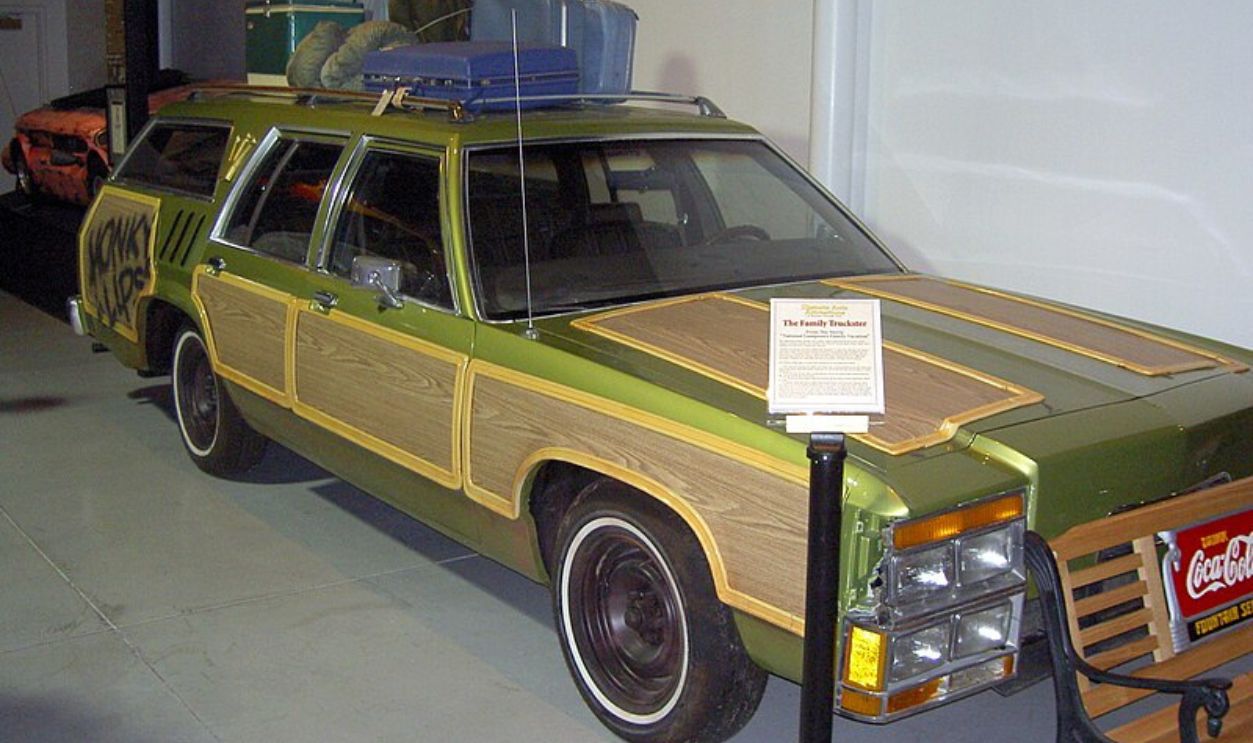 Adam Lautenbach, CC BY 2.0, Wikimedia Commons
Adam Lautenbach, CC BY 2.0, Wikimedia Commons
Cringeworthy Moments
Watching the Griswolds load the car to the brim only to break down on the road was the essence of a doomed vacation. One scene has Clark punching it in frustration—an action every viewer could empathize with.
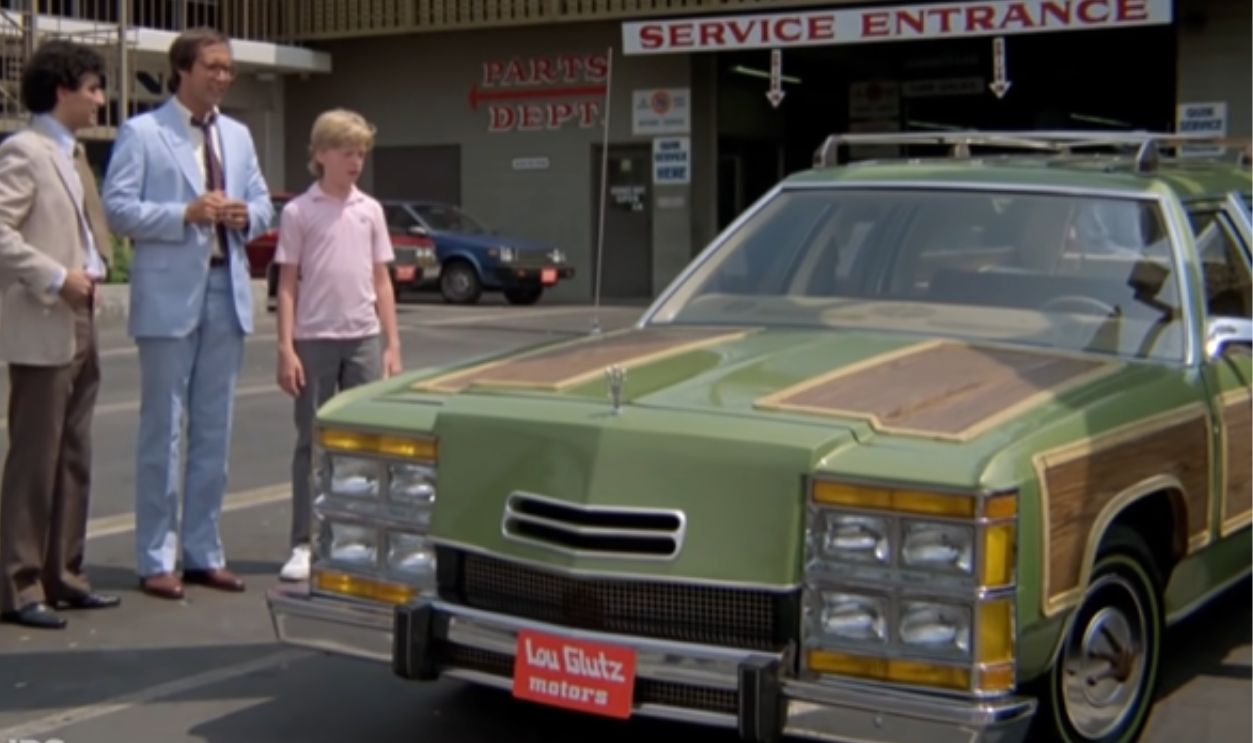 National Lampoon's Vacation (1983) - Clark's New Car Scene (1/10) | Movieclips by Movieclips
National Lampoon's Vacation (1983) - Clark's New Car Scene (1/10) | Movieclips by Movieclips
What Could Have Been Better
A sleeker station wagon from the era, like the Chevrolet Caprice, would have still conveyed "family car" vibes without looking absurd. It could've also made Clark's fury feel less predictable and more relatable.
Pontiac Aztek (Breaking Bad, 2008–2013)
The Aztek's reputation as one of the ugliest cars ever sold didn't help Walter White's image. With its clunky proportions and mismatched panels, it became an emblem of mid-life crises and poor decisions.
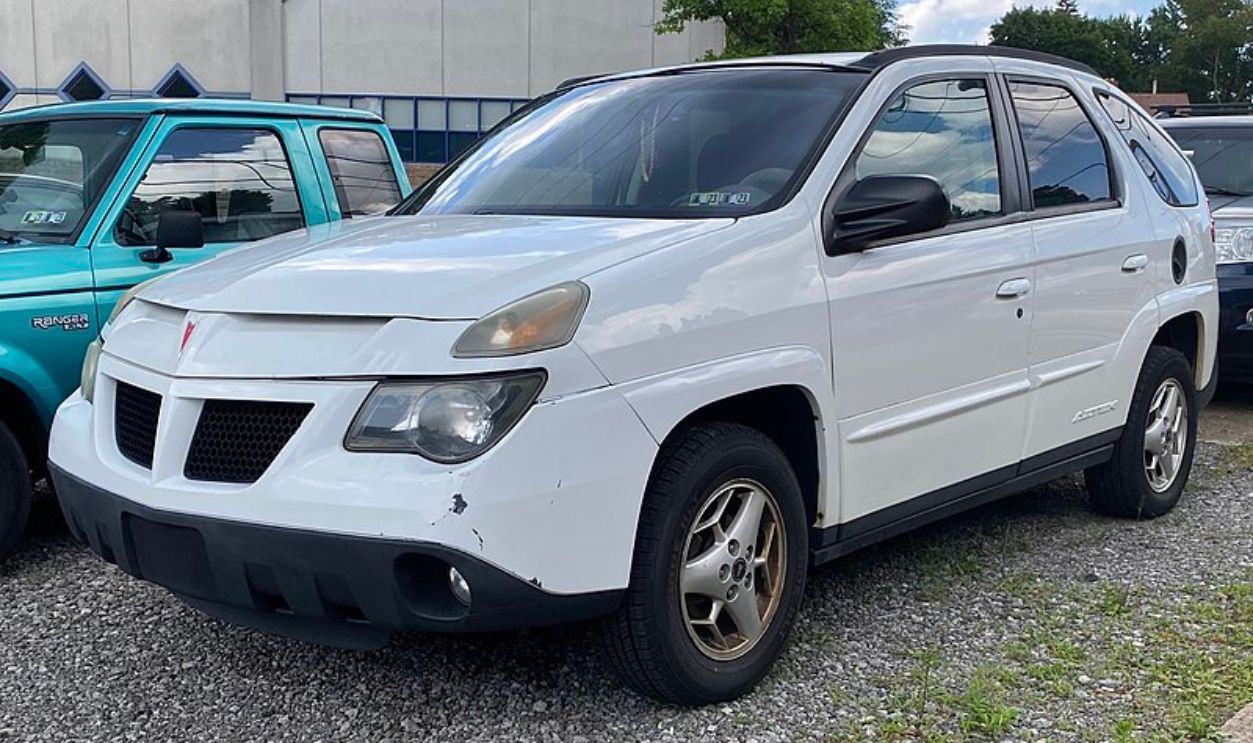 Cutlass, CC0, Wikimedia Commons
Cutlass, CC0, Wikimedia Commons
Not Exactly Criminal Mastermind Material
Walter White, driving this as his criminal empire grows, felt oddly unbalanced. It was a practical family SUV that didn't match the chaos of his double life. Scenes of him loading barrels of cash into this clunker were unintentionally comical.
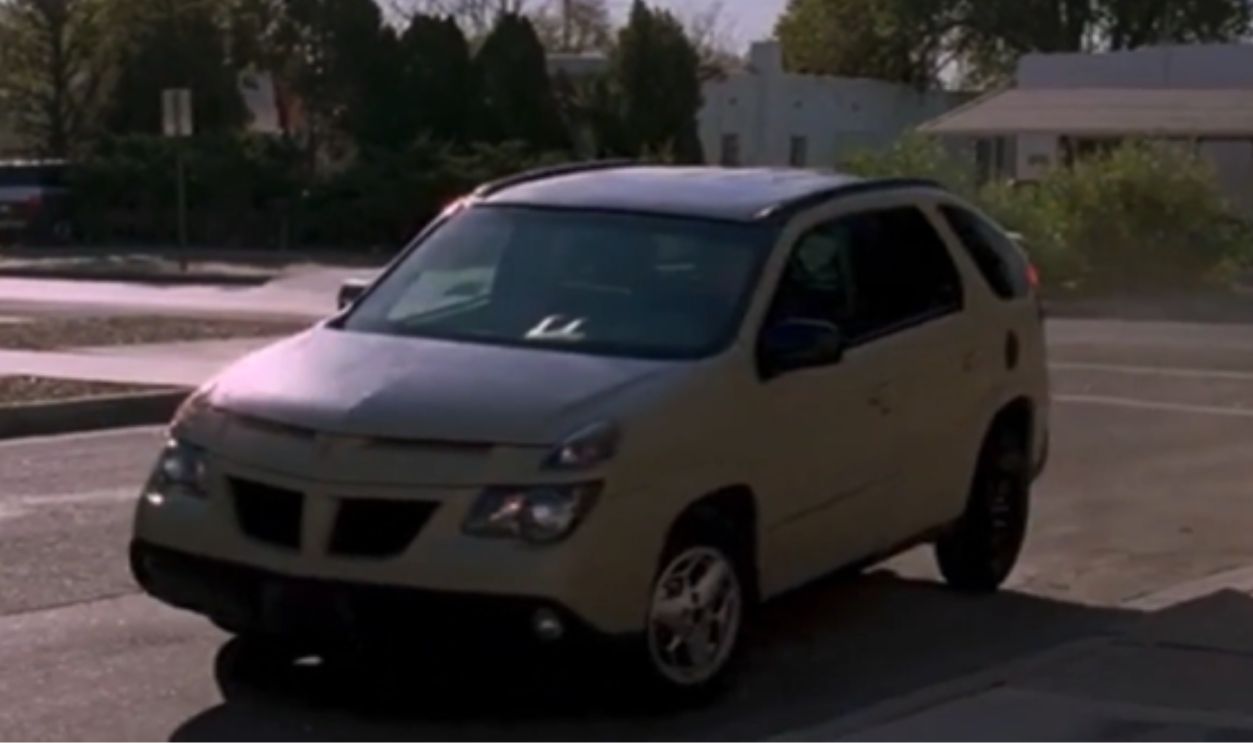 Why does Walter White drive a Pontiac Aztek? by Vehicle Hunter
Why does Walter White drive a Pontiac Aztek? by Vehicle Hunter
A Better Choice
A used, beat-up Cadillac or an older Lincoln would have better mirrored Walter's transformation of his sophistication, masking menace. It would've added to his growing aura of authority without feeling mismatched.
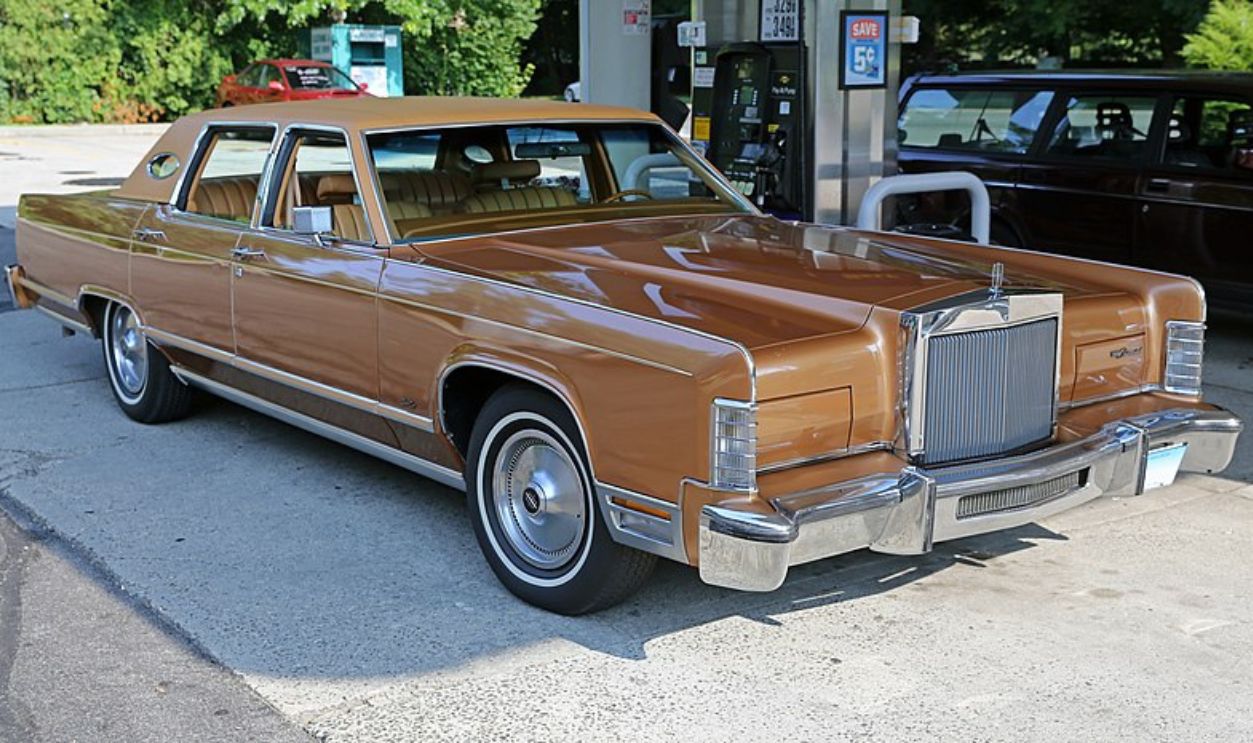 Mr.choppers, CC BY-SA 3.0, Wikimedia Commons
Mr.choppers, CC BY-SA 3.0, Wikimedia Commons
Dodge Monaco (The Blues Brothers, 1980)
The Dodge Monaco took the brunt of one of the most chaotic car chases ever. But, its ability to survive was more Hollywood magic than reality, as most Monacos would've crumbled in similar stunts.
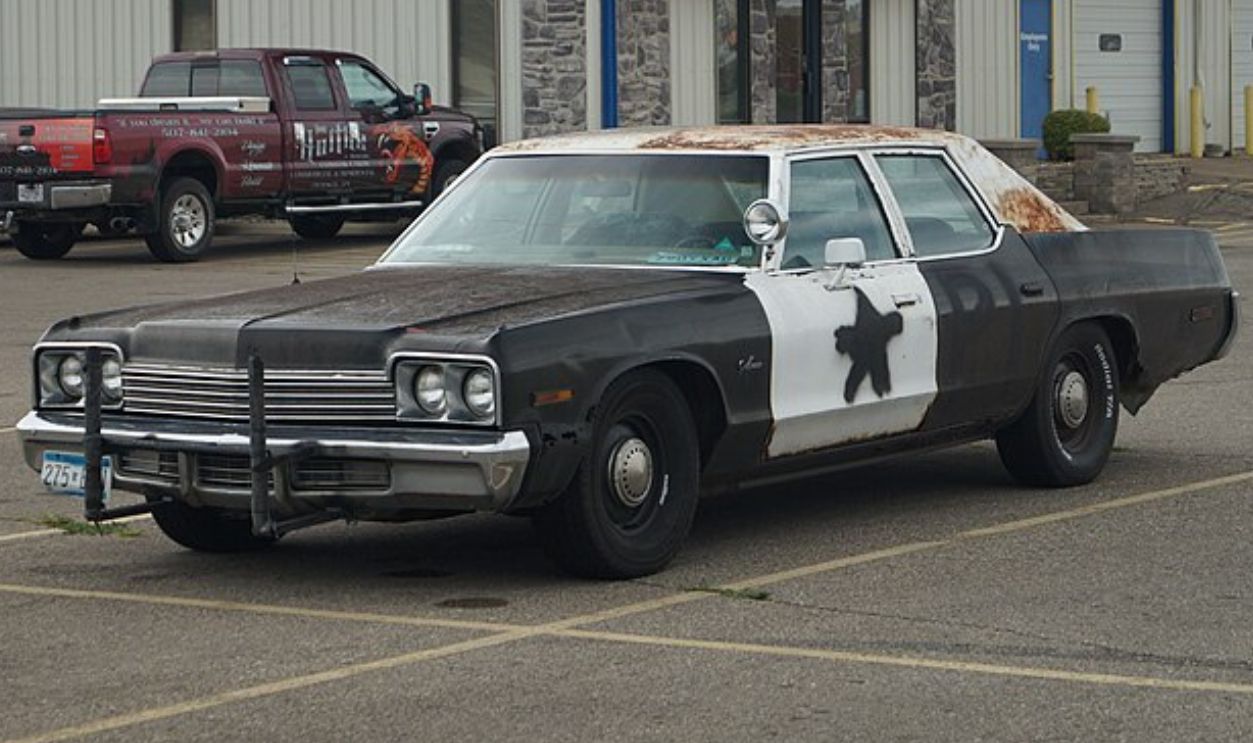 Greg Gjerdingen, CC BY 2.0, Wikimedia Commons
Greg Gjerdingen, CC BY 2.0, Wikimedia Commons
Unrealistic Scenes
From jumping bridges to ramming law enforcement cars like a tank, Monaco pushed the limits of believability, and many wished that wasn't the case. It was far-fetched, and it felt like watching a cartoon in live-action.
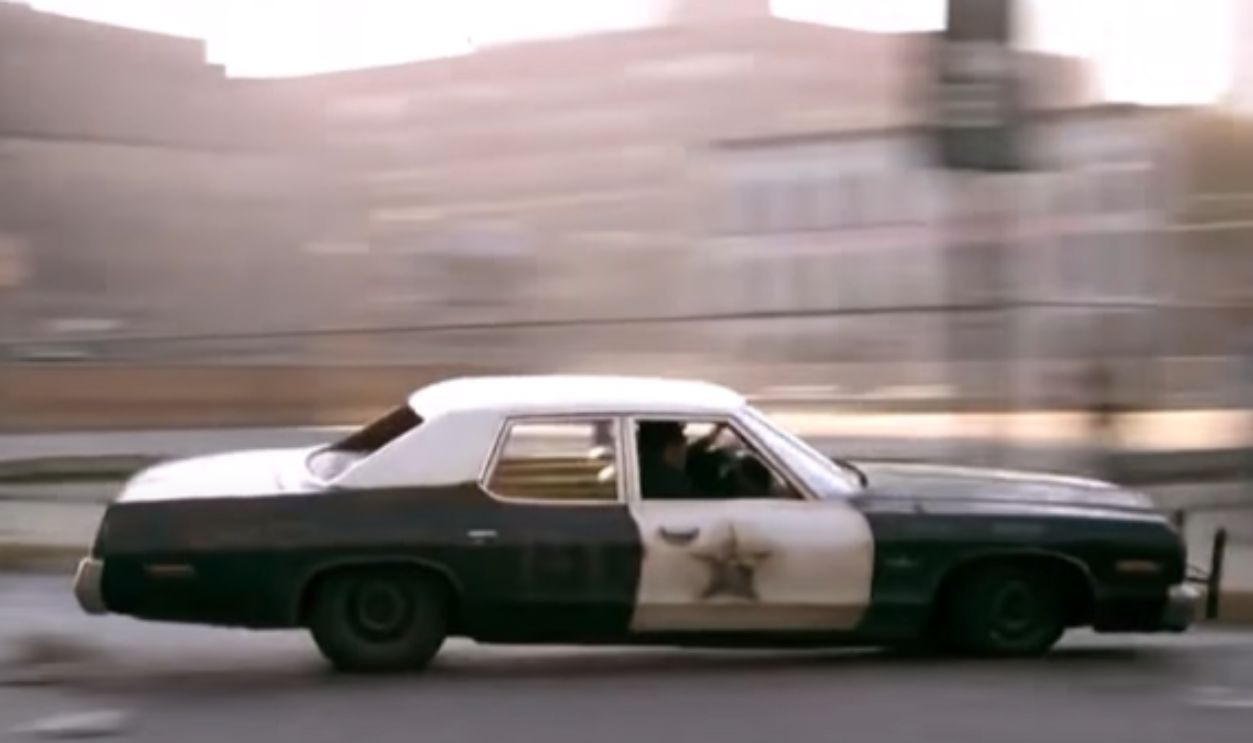 '74 Dodge Monaco in The Blues Brothers by Car Chase Wonderland 2
'74 Dodge Monaco in The Blues Brothers by Car Chase Wonderland 2
A Crush-Resilient Car Would Have Been Better
A mid-70s Chevrolet Impala would've been a believable choice. By far! Built tough and available in surplus, this one could've performed the same stunts without stretching credulity. Just imagine.
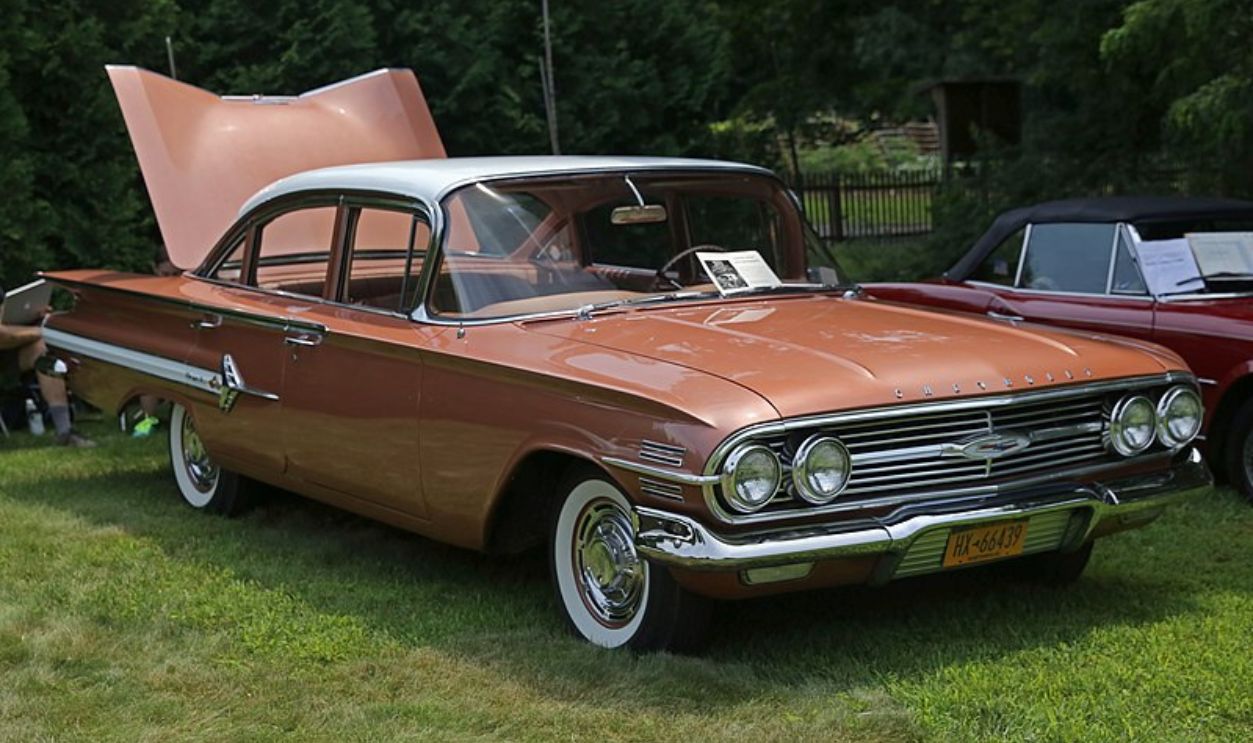 Mr.choppers, CC BY-SA 3.0, Wikimedia Commons
Mr.choppers, CC BY-SA 3.0, Wikimedia Commons
2015 Tartan Prancer (Vacation, 2015)
The Tartan Prancer aimed to parody overly complicated modern cars but ended up trying too hard. Its two front ends, baffling controls, and absurd features felt more like a fever dream than a functional vehicle. Instead of being funny, it came across as cringeworthy and exhausting.
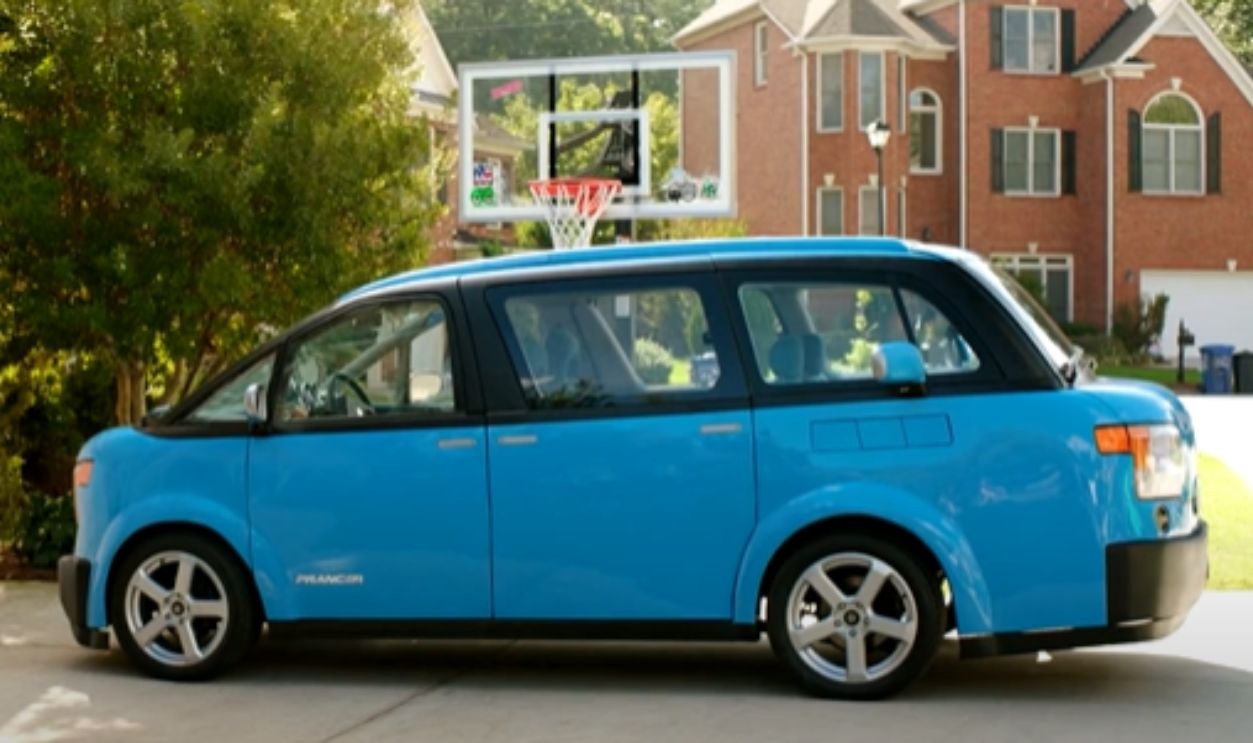 Interview: Vacation Writers/Directors Talk Tartan Prancer | Edmunds.com Exclusive by Edmunds Cars
Interview: Vacation Writers/Directors Talk Tartan Prancer | Edmunds.com Exclusive by Edmunds Cars
Laughable Failures
This car had a couple of cringes: faulty self-parking and inexplicable language glitches. Its breakdowns during the Griswold family's misadventures were meant to amuse but mostly felt frustrating. Watching the car's malfunctioning features backfire repeatedly grew tedious rather than humorous.
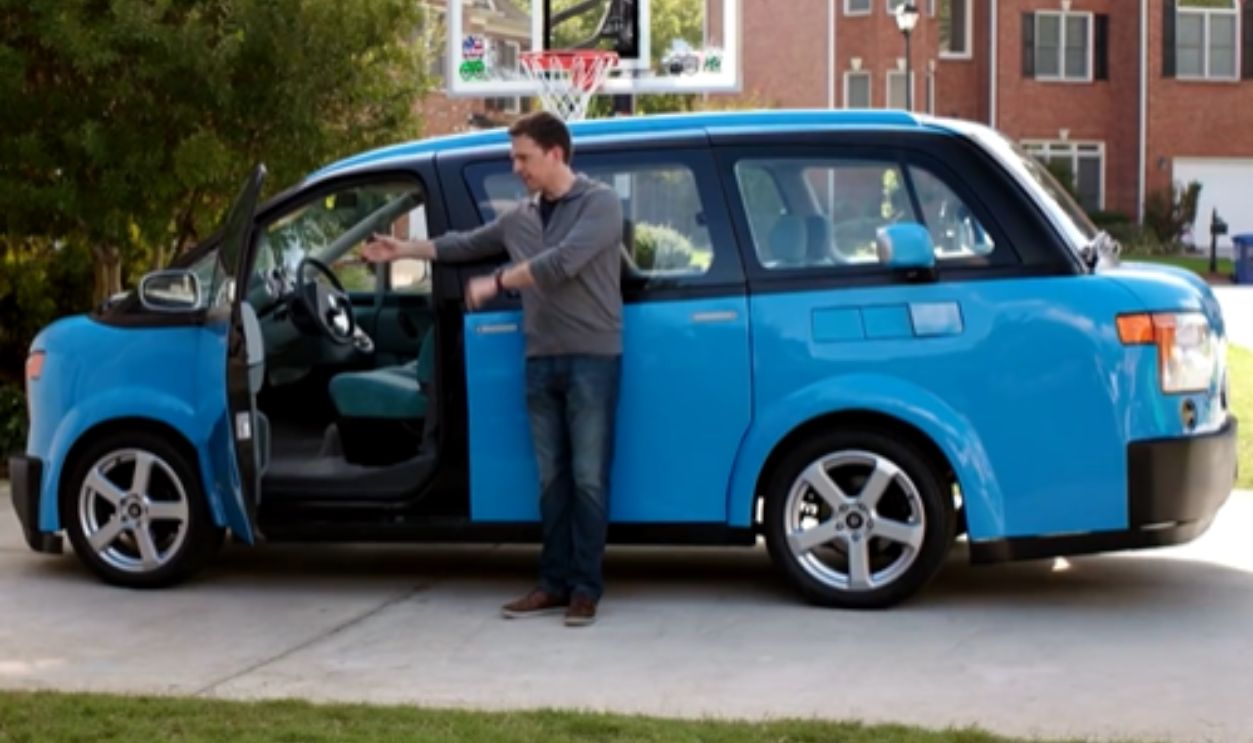 Interview: Vacation Writers/Directors Talk Tartan Prancer | Edmunds.com Exclusive by Edmunds Cars
Interview: Vacation Writers/Directors Talk Tartan Prancer | Edmunds.com Exclusive by Edmunds Cars
A Smarter Alternative
A Tesla Model S with exaggerated, spoofed tech quirks would have modernized the comedy. Audiences would've laughed harder at a self-driving car gone rogue, making the Griswolds' journey hilariously relatable while avoiding the Prancer's over-the-top absurdity.
 Granada, CC BY-SA 4.0, Wikimedia Commons
Granada, CC BY-SA 4.0, Wikimedia Commons
Volkswagen Beetle (Herbie) (Herbie Series, 1968–2005)
Herbie's charm lies in its personality, but that doesn't make it a good racing car. The Volkswagen Beetle was underpowered compared to its competition, and watching it outpace sleek sports cars required massive suspension of disbelief—bordering on magical thinking rather than clever storytelling.
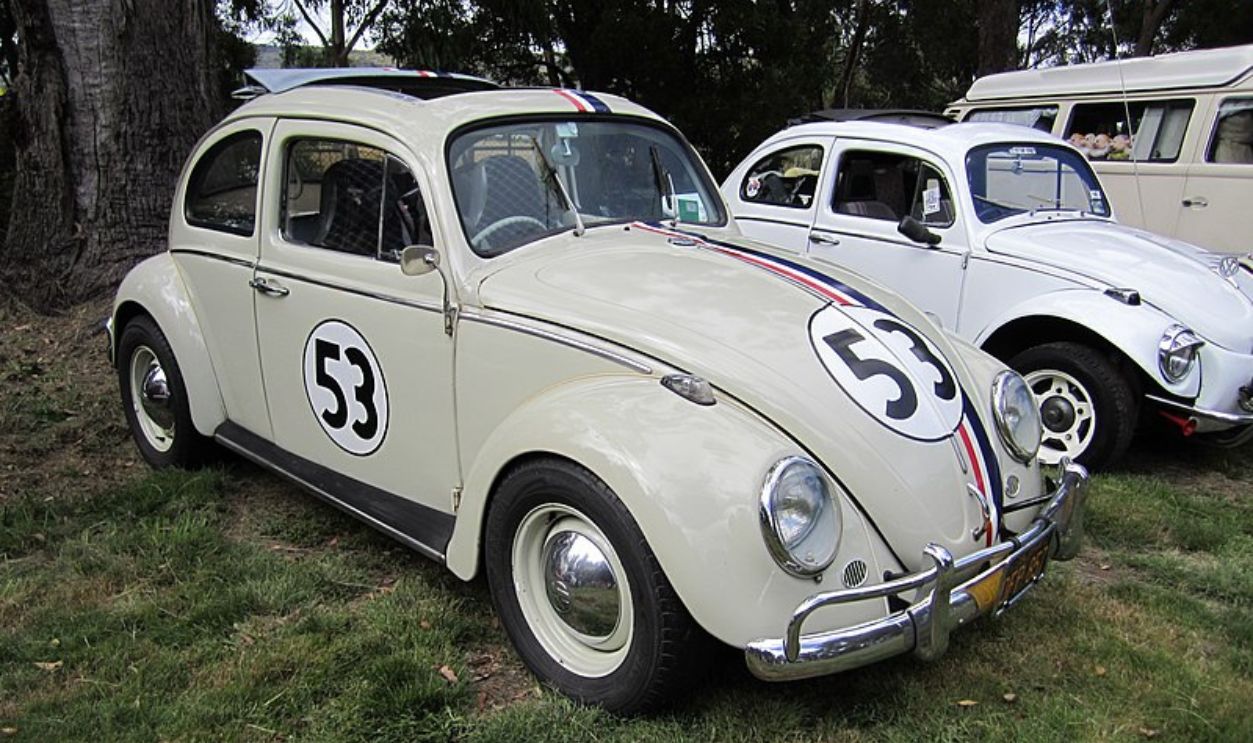 Sicnag, CC BY 2.0, Wikimedia Commons
Sicnag, CC BY 2.0, Wikimedia Commons
Awkward Scenes
Moments like when Herbie wins races with improbable tricks like bouncing across obstacles felt more cartoonish than thrilling. These scenes made the Beetle's underdog persona feel less earned. Its antics were often more cringe-worthy than inspiring, leaving gearheads rolling their eyes.
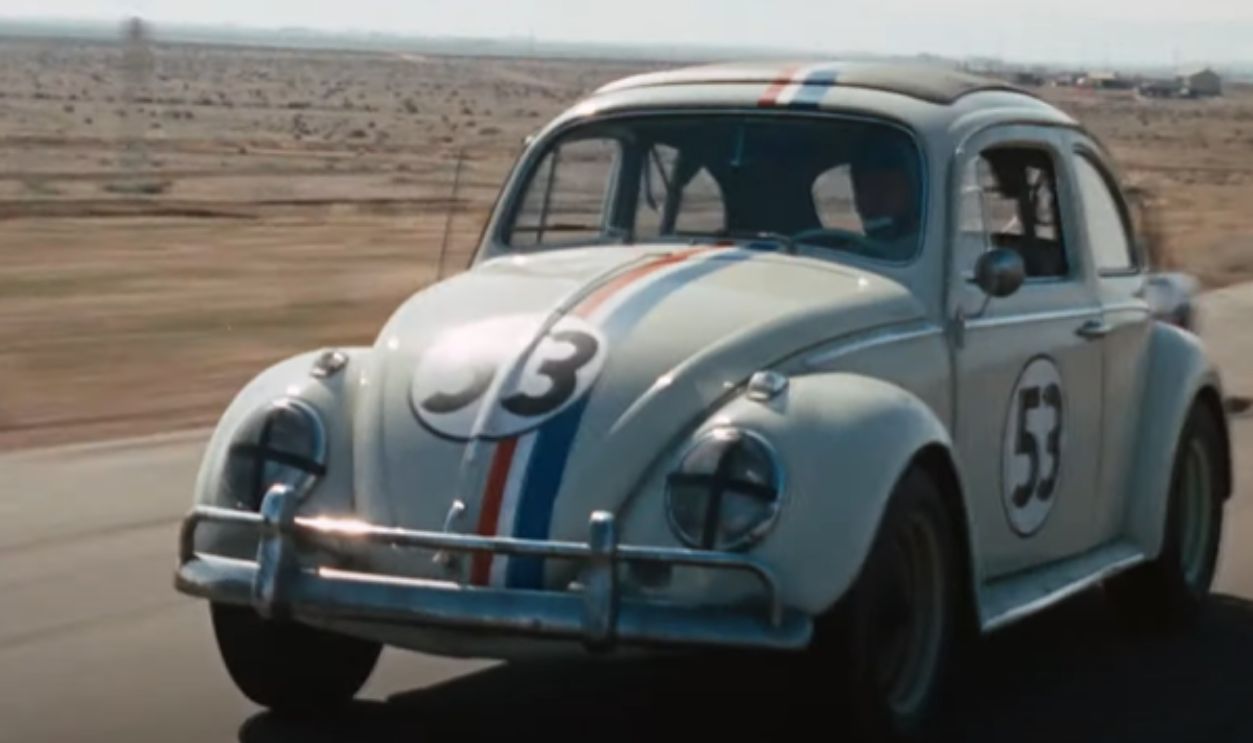 The Love Bug | Unofficial Official Trailer | Disney+ by Disney Plus
The Love Bug | Unofficial Official Trailer | Disney+ by Disney Plus
What Would Work?
A Mini Cooper could've added realism to Herbie's competitive streak and actually fit the bill. Its nimble handling and sporty feel would have still conveyed the underdog theme while grounding the movie in reality. Audiences might've rooted for Herbie more if it had been believable.
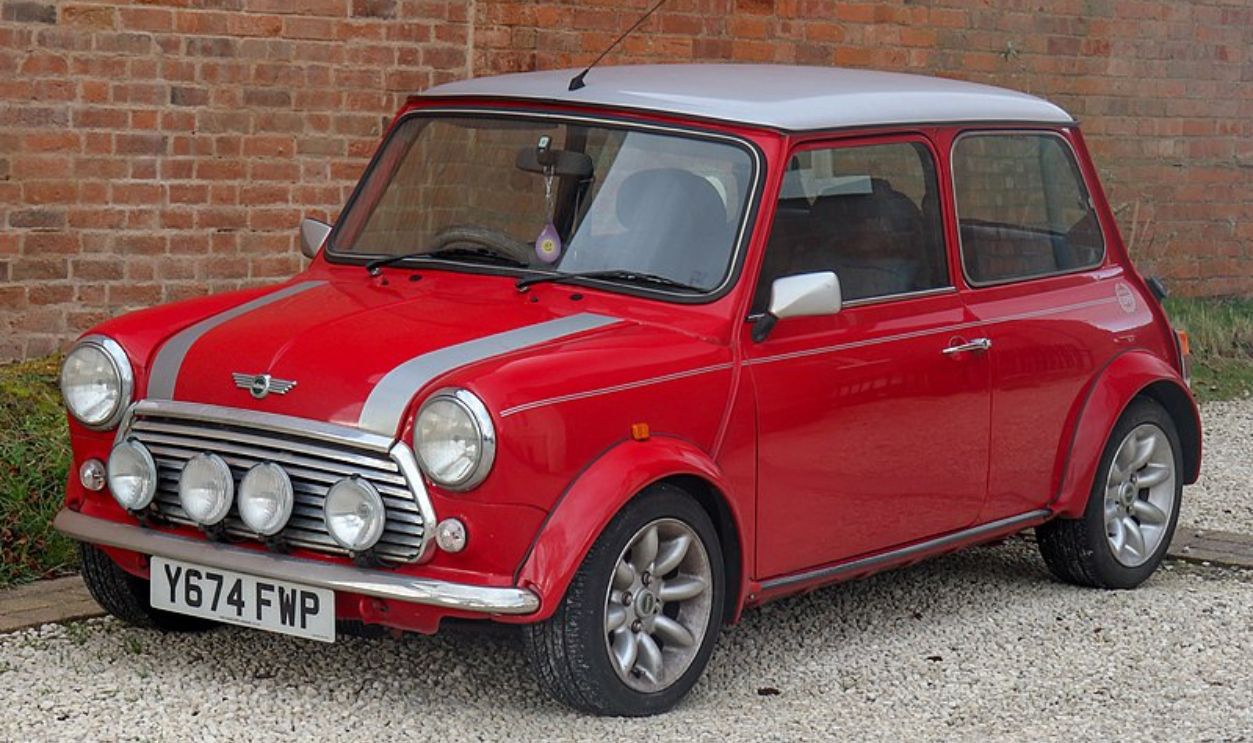 Vauxford, CC BY-SA 4.0, Wikimedia Commons
Vauxford, CC BY-SA 4.0, Wikimedia Commons
Dodge Caliber (Fast & Furious)
The Dodge Caliber was an odd choice in a series defined by high-octane muscle cars and luxury supercars. A muscle car in a picture full of supercars, why? Its uninspiring performance and awkward design made it feel like a party crasher at a high-end car show.
Unmemorable Moments
Despite appearing briefly in Fast & Furious scenes, the Caliber barely made an impression. Its lack of power and style made it invisible in a lineup of iconic cars. It felt more like a filler vehicle than something worthy of the franchise's adrenaline-fueled legacy.
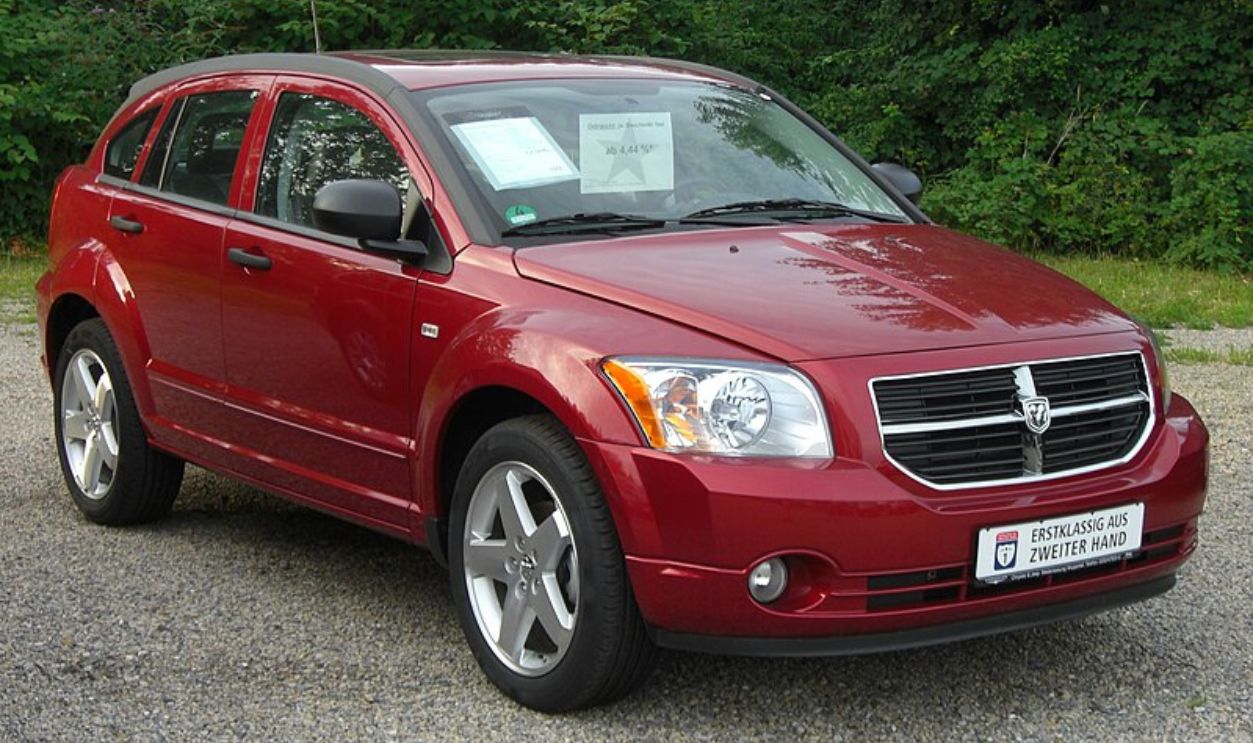 Luftfahrrad, CC BY-SA 3.0, Wikimedia Commons
Luftfahrrad, CC BY-SA 3.0, Wikimedia Commons
A Better Fit
Wondering what would have made it all better? A Subaru WRX STI. This pick would've delivered the same affordability without sacrificing performance. With its rally heritage and turbocharged engine, it could've handled the action sequences while still appealing to everyday drivers.
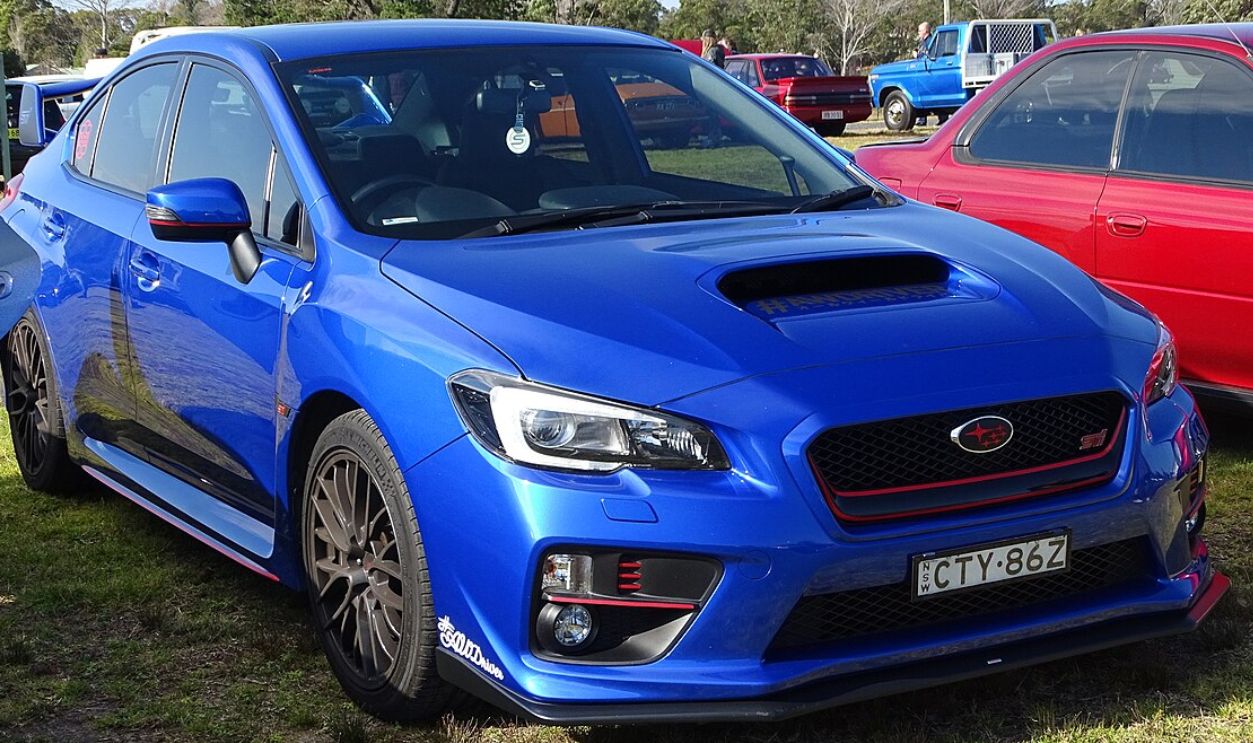 FotoSleuth, CC BY 2.0, Wikimedia Commons
FotoSleuth, CC BY 2.0, Wikimedia Commons
1970 Chevrolet Impala (Supernatural, 2005–2020)
The Impala is beloved, but its aging mechanics often betrayed its role as a reliable monster-hunting partner. One of its biggest flaws is the frequent breakdowns in critical moments, and this made it more of a liability than an asset. Dean and Sam deserved a more dependable ride.
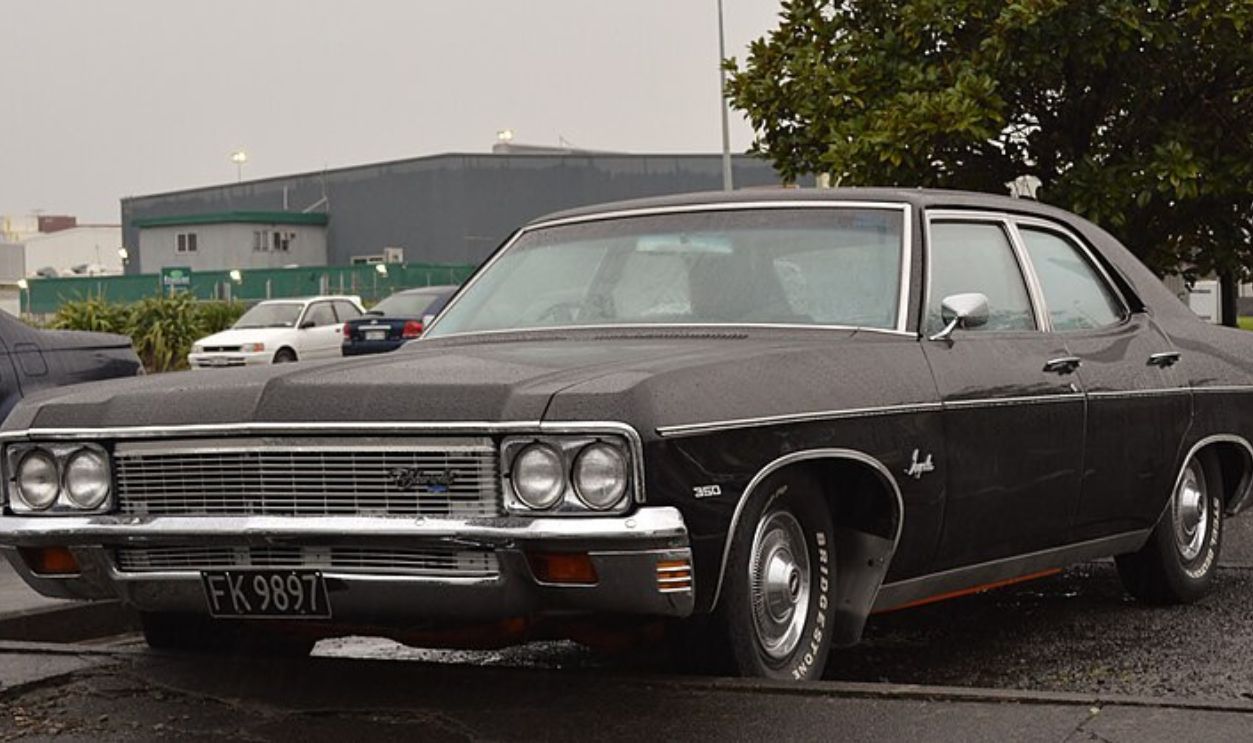 GPS 56, CC BY 2.0, Wikimedia Commons
GPS 56, CC BY 2.0, Wikimedia Commons
Cringe-Worthy Breakdowns
Nothing says "anti-climactic" like your getaway stalling during a demon chase. Watching the Impala sputter while the Winchesters scramble for solutions was more frustrating than endearing. The car's regular upkeep also became a running gag that wore thin over the series.
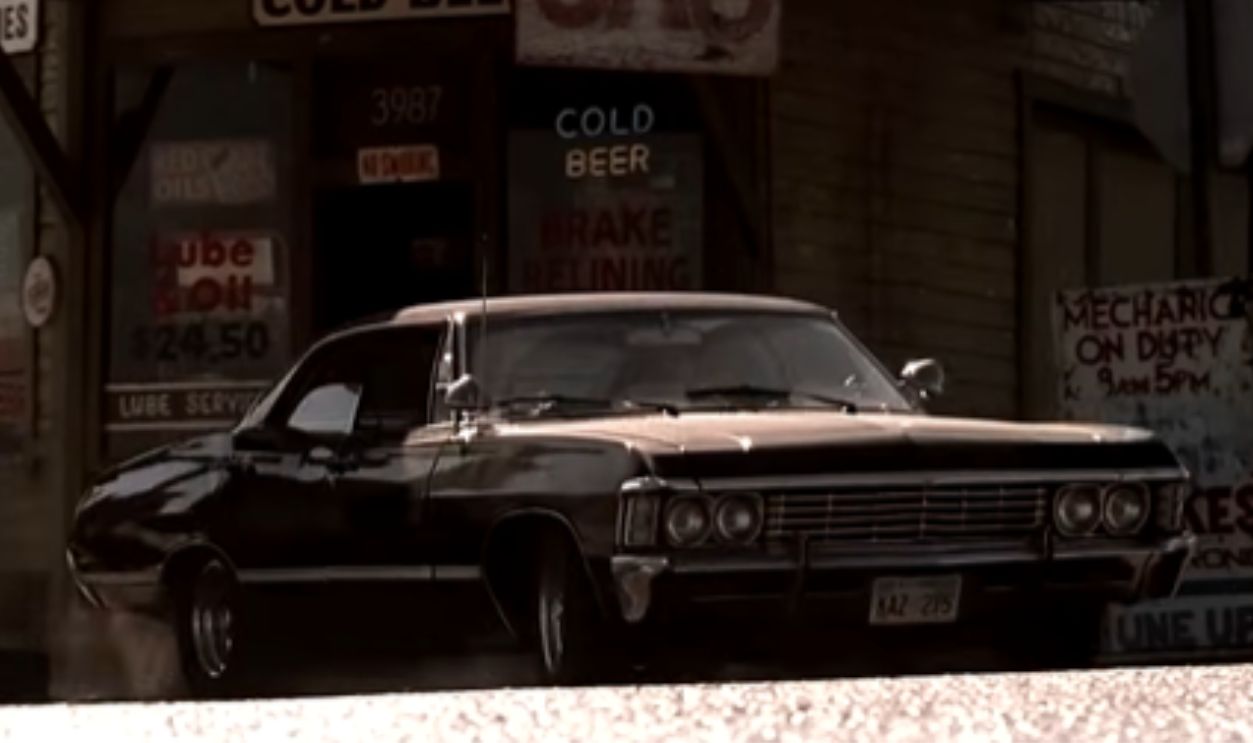 10 Killer Facts About Dean's '67 Chevy Impala
10 Killer Facts About Dean's '67 Chevy Impala
A Modern Alternative
A Dodge Charger Hellcat would've preserved the muscle car aesthetic while adding raw power and modern reliability. In addition, its aggressive looks and performance would've complemented the brothers' no-nonsense approach. In short, a Charger would have helped the duo stay ahead of both demons and time.
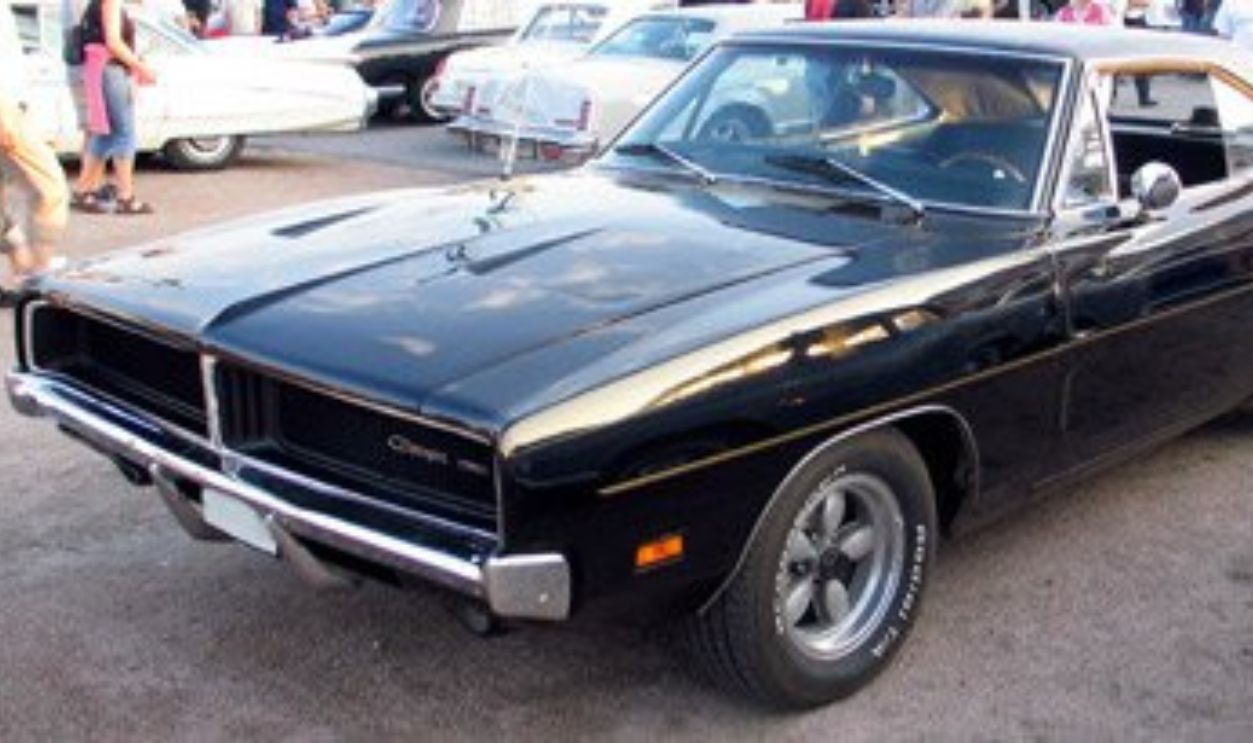 Unknown author, Wikimedia Commons
Unknown author, Wikimedia Commons
Ford Pinto (Various Movies)
Pinto's reputation as a literal fire hazard waiting to happen made it a punchline for good reason. Often included in movies for comedic or ironic effect, its inclusion rarely felt natural. The Pinto was basically a '70s automotive failure, a cursed legacy that still haunts its appearances.
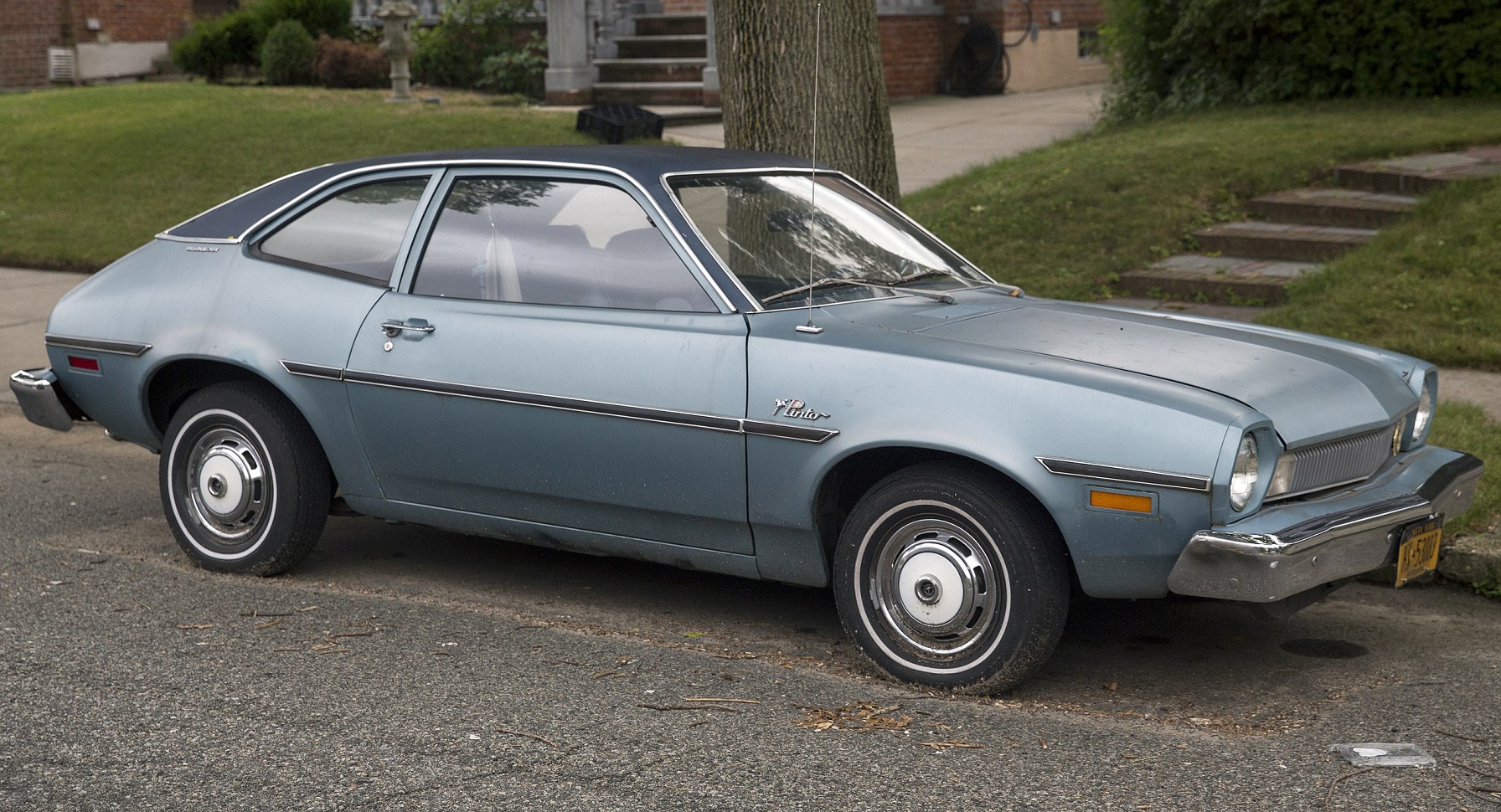 Mr.choppers, CC BY-SA 3.0, Wikimedia Commons
Mr.choppers, CC BY-SA 3.0, Wikimedia Commons
Comedic Overuse
Films frequently exploited Pinto's explosive tendencies, but the joke quickly grew stale very fast. Watching yet another Pinto erupt into flames during a fender bender is an expected plot turn. Its tragic real-life history made these moments awkward rather than funny.
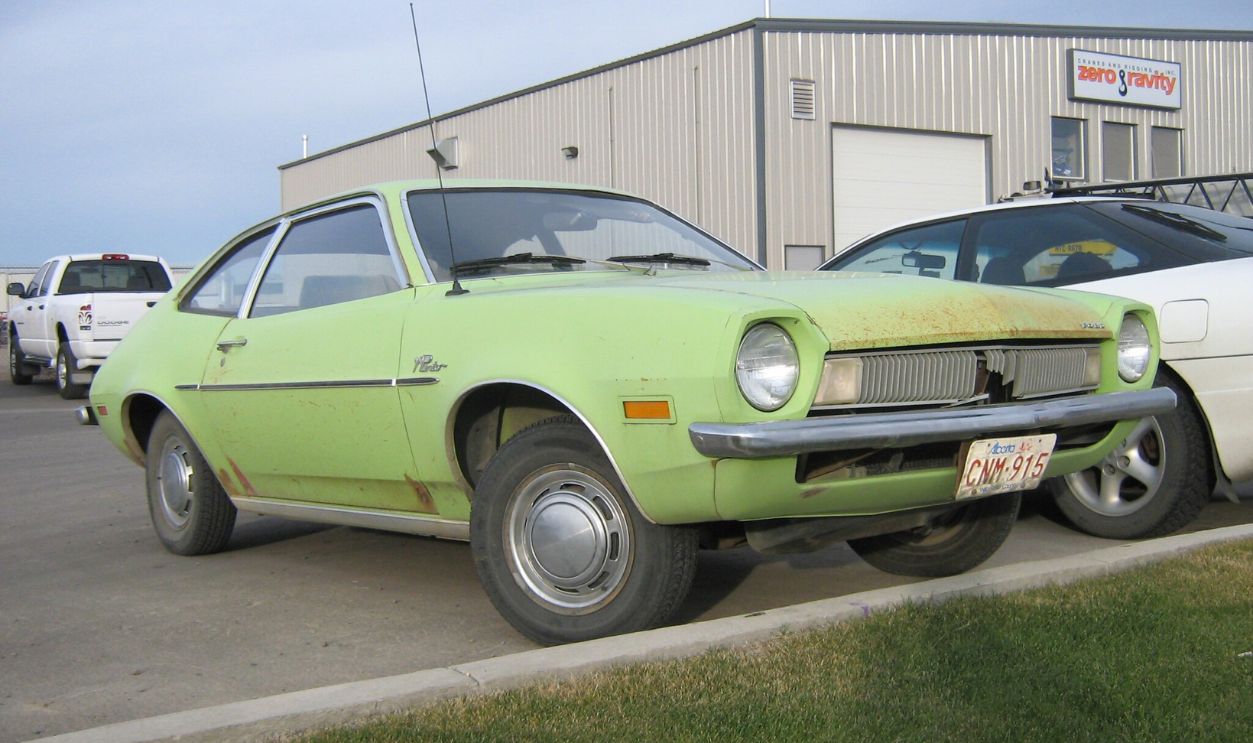 dave_7, CC BY-SA 2.0, Wikimedia Commons
dave_7, CC BY-SA 2.0, Wikimedia Commons
A Better Pick For Comedy
For that comic relief, a Yugo would've been a smarter comedic choice. Known for its laughably poor quality, the Yugo's legacy as a cheap, unreliable car would've provided fresh humor without referencing a tragic safety scandal.
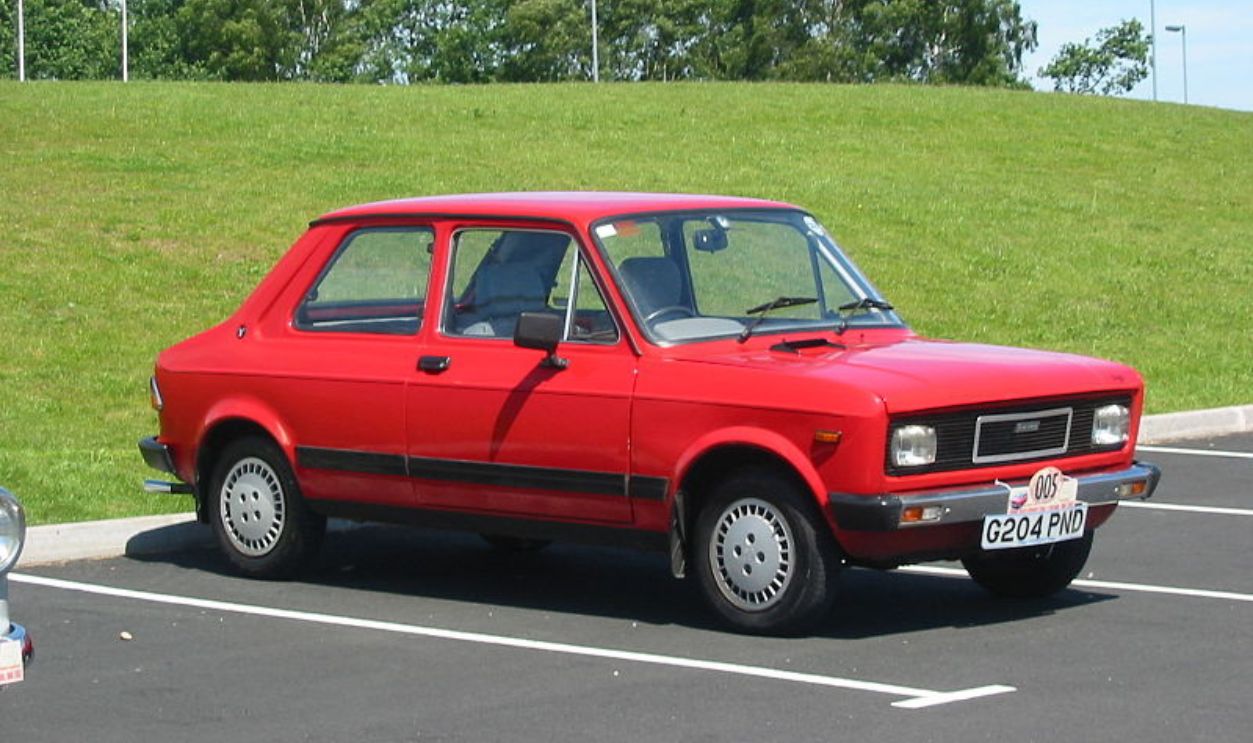 Asterion, CC BY 2.5, Wikimedia Commons
Asterion, CC BY 2.5, Wikimedia Commons
Ford Taurus SHO (The X-Files, 1998)
Having the Taurus SHO for exciting FBI work feels like wearing slippers to a bank heist. Even though it's dependable in real life, this ride was painfully boring for chasing extraterrestrial phenomena. Its generic design failed to add the gravitas or mystery one might expect from a government-issued car.
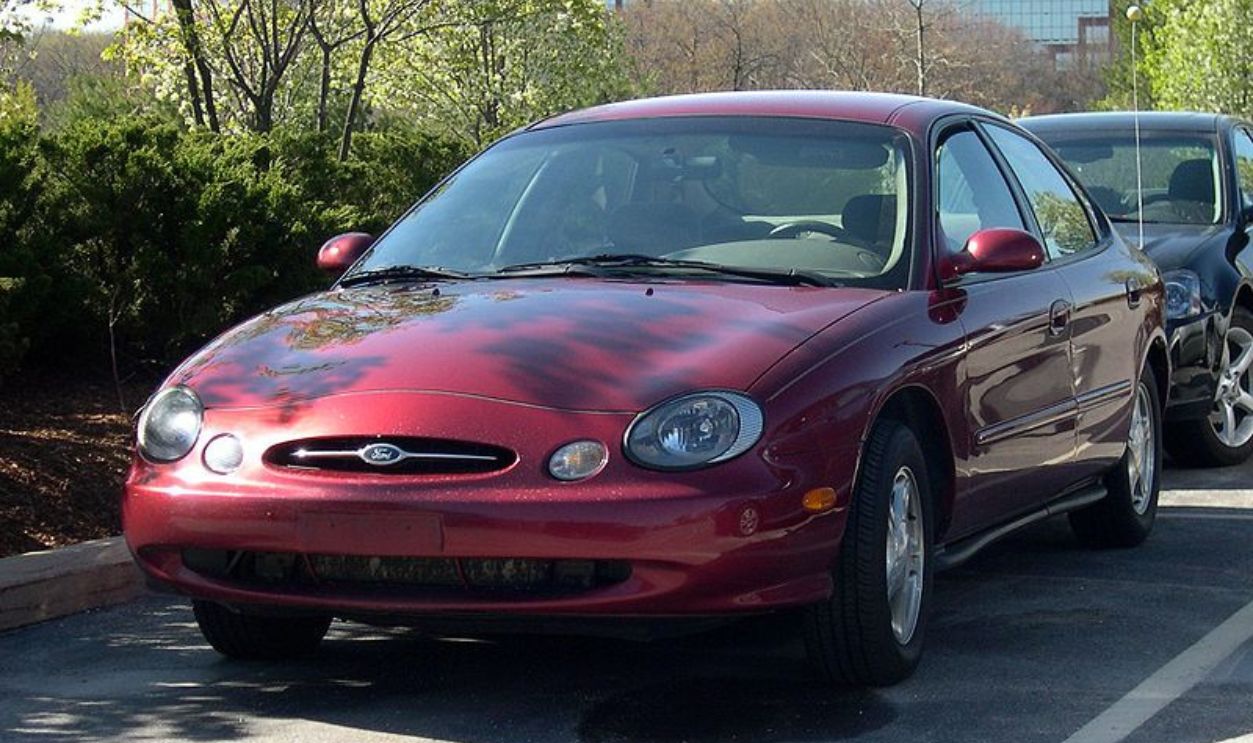 S. Foskett, CC BY-SA 3.0, Wikimedia Commons
S. Foskett, CC BY-SA 3.0, Wikimedia Commons
Scenes That Fell Flat
Chase scenes with the Taurus SHO lacked energy, as expected. The car brought to the picture its mundane aesthetic that made it feel more suited to carpool duty than chasing UFOs or evading shadowy conspiracies. It didn't exactly scream "paranormal intrigue".
A Fitting UFO Chaser
A blacked-out Audi S4 would've worked better by elevating the duo's mysterious vibe. Sleek and powerful, the S4 could've added an air of sophistication and urgency to their investigations, perfectly matching the dark, suspenseful tone of The X-Files.
1989 The Batmobile (Batman)
Tim Burton's Batmobile is iconic but deeply impractical in this sense—excessive length, tank-like bulk, and questionable gadgets. Even though they really looked cook, the entire addition made it more of a set piece than a true superhero tool. Escaping Gotham's tight alleys in that beast? Forget about it.
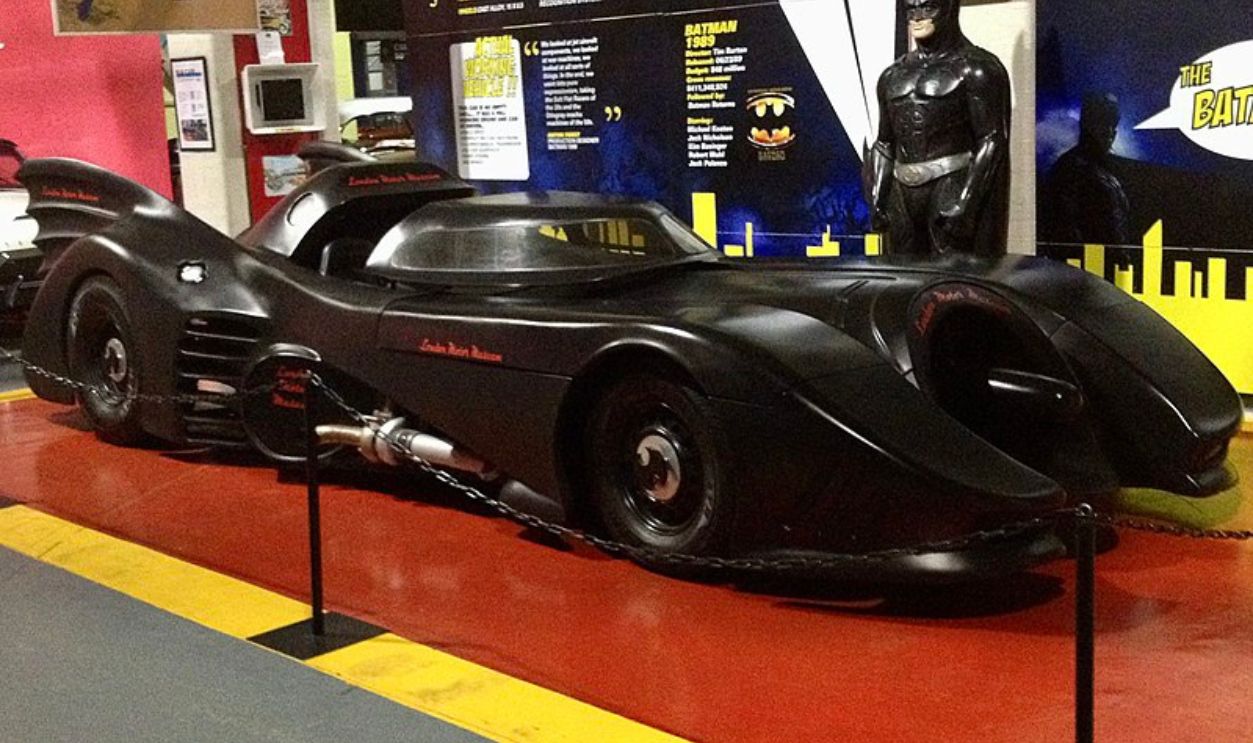 Ank Kumar, CC BY-SA 4.0, Wikimedia Commons
Ank Kumar, CC BY-SA 4.0, Wikimedia Commons
Unintentionally Silly Moments
Scenes where the Batmobile struggled with corners or needed a grappling hook to turn highlighted its design flaws. It was basically an oversized toy rather than a stealthy crime-fighting machine, pulling viewers out of the action. It really did not have that superhero appeal.
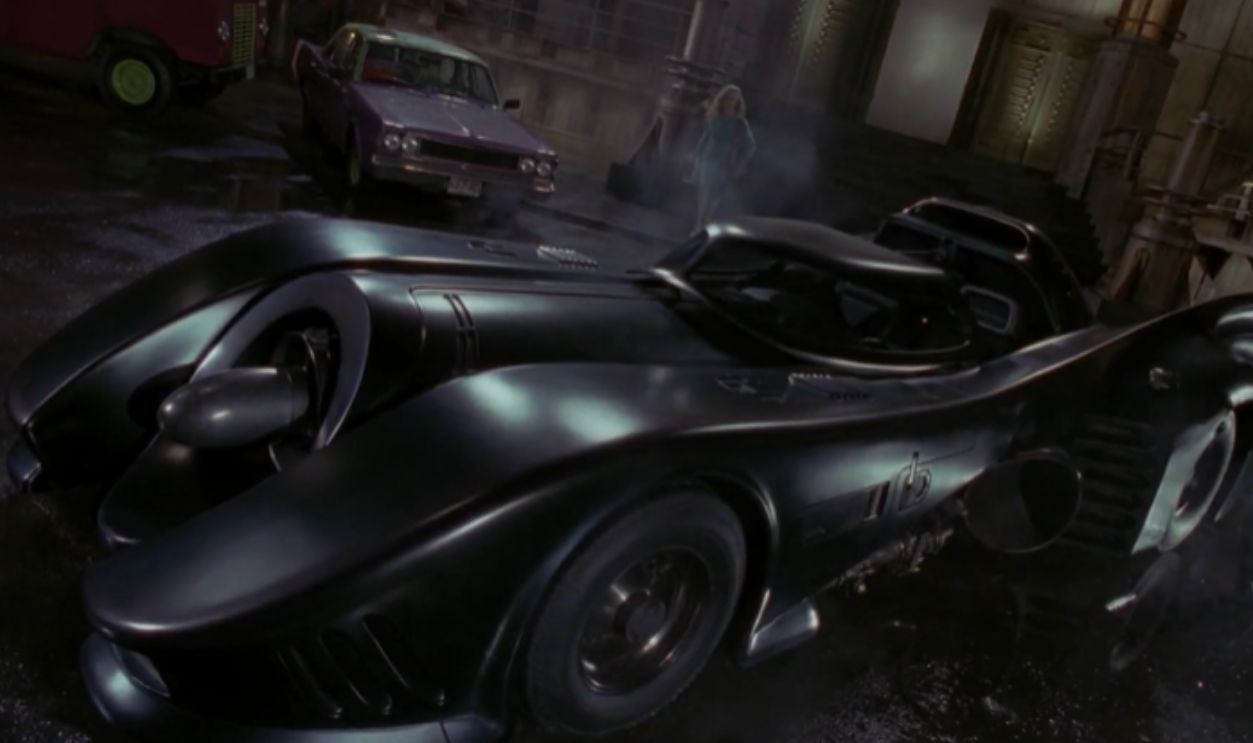 Batman (1989) - Batmobile Chase Scene | Movieclips by Movieclips
Batman (1989) - Batmobile Chase Scene | Movieclips by Movieclips
A Sleeker Replacement
Now, here is something that would have worked: A streamlined version like the Batman Begins Tumbler. This version would have balanced agility, power, and intimidation maneuvering Gotham's corners better. Its all-terrain capabilities and rugged look would make it a believable choice for a vigilante prowling Gotham.
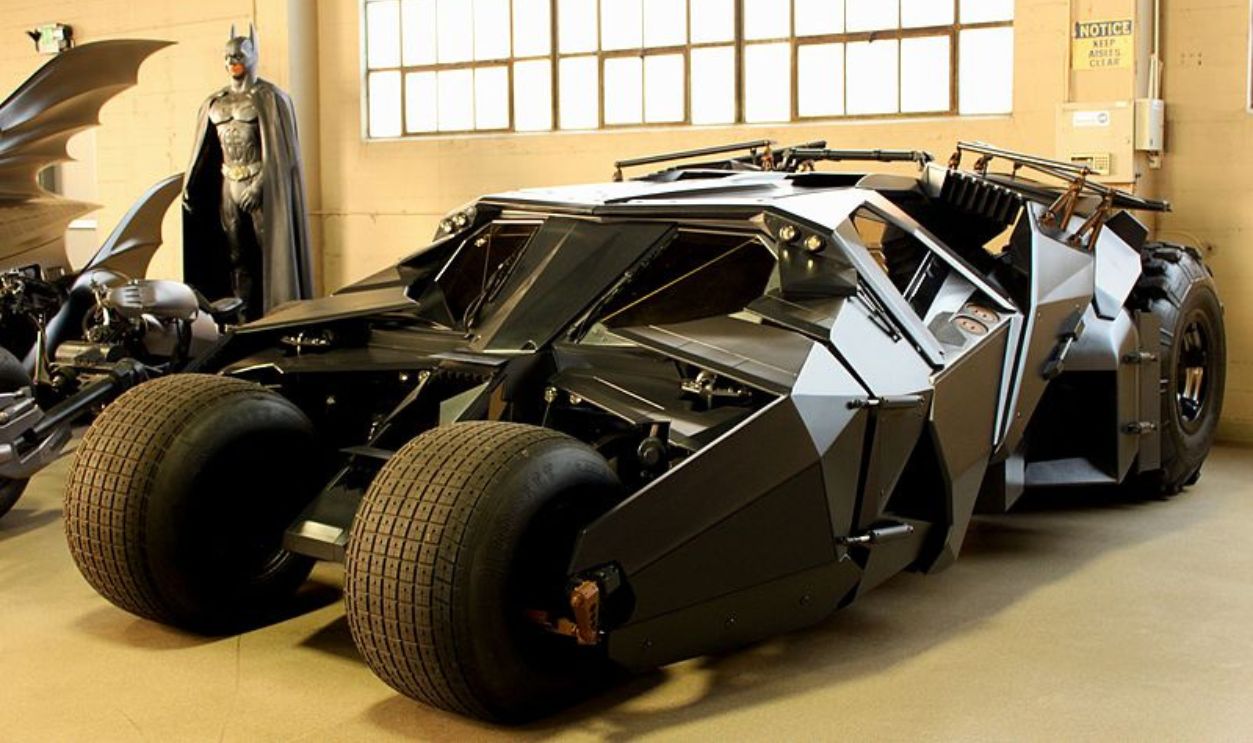 Prayitno, CC BY 2.0, Wikimedia Commons
Prayitno, CC BY 2.0, Wikimedia Commons
Chitty Chitty Bang Bang (Chitty Chitty Bang Bang, 1968)
Chitty Chitty Bang Bang's main goal was a whimsical one, but instead, it landed in the realm of ridiculousness. With its awkward wings and boat-like design, it looked like a rejected prototype from a steampunk convention. Its fantastical features bordered on absurdity, even for a children's film.
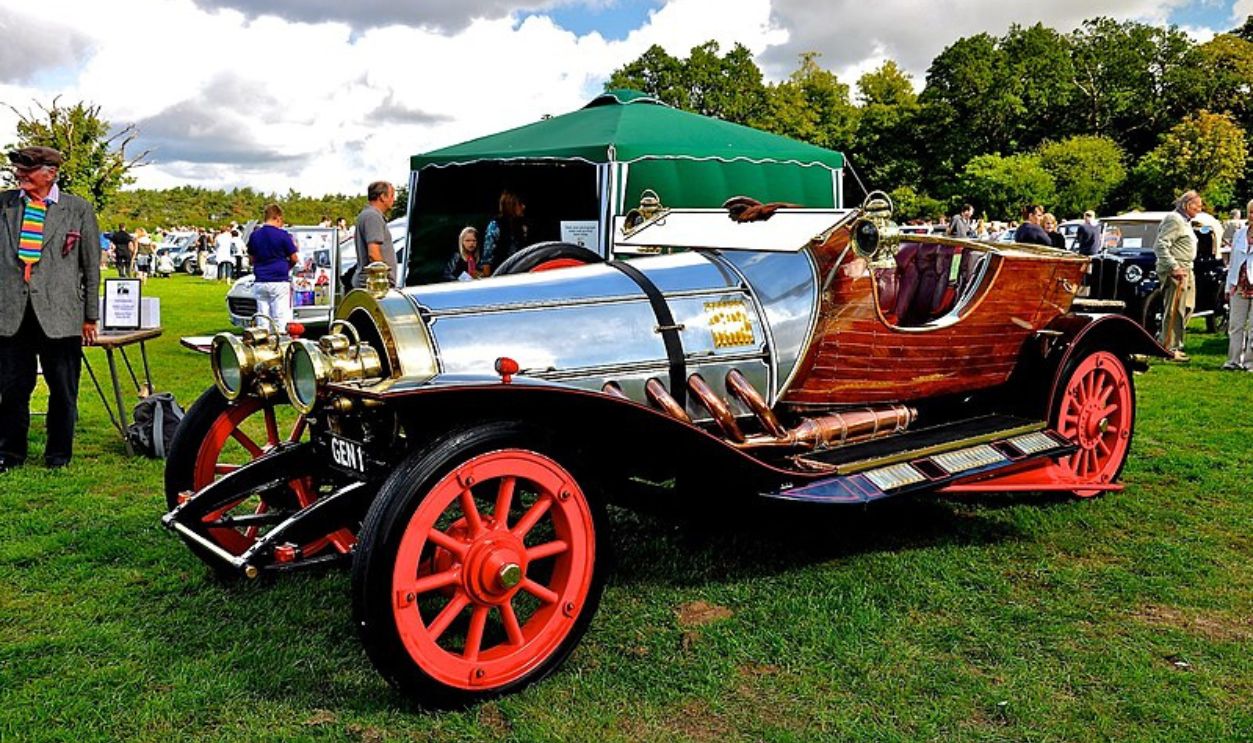 Martin Pettitt, CC BY 2.0, Wikimedia Commons
Martin Pettitt, CC BY 2.0, Wikimedia Commons
Scenes That Didn't Soar
The flying car sequences often felt disjointed, with poorly executed special effects that aged really badly. Instead of being magical, they became cringe-worthy reminders of outdated filmmaking. The car's overall look didn't help matters. It actually made it worse.
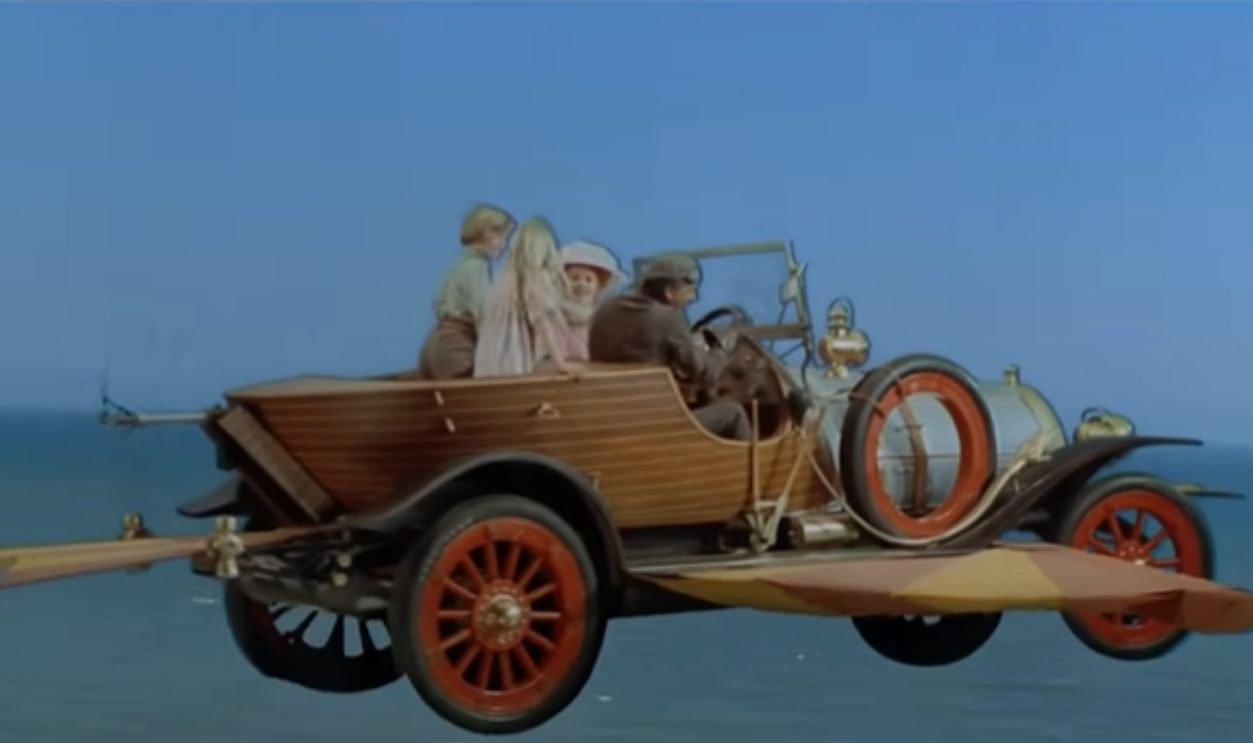 Chitty Chitty Bang Bang (1968) - Chitty Gets Airborne Scene (7/12) | Movieclips by Movieclips
Chitty Chitty Bang Bang (1968) - Chitty Gets Airborne Scene (7/12) | Movieclips by Movieclips
A More Timeless Design
A futuristic, minimalist vehicle—think Tron meets retro—could've perfectly brought out the same magic without the awkward aesthetics. The seamless combination of its sleek design with whimsical features would've ensured Chitty aged more gracefully. If only.
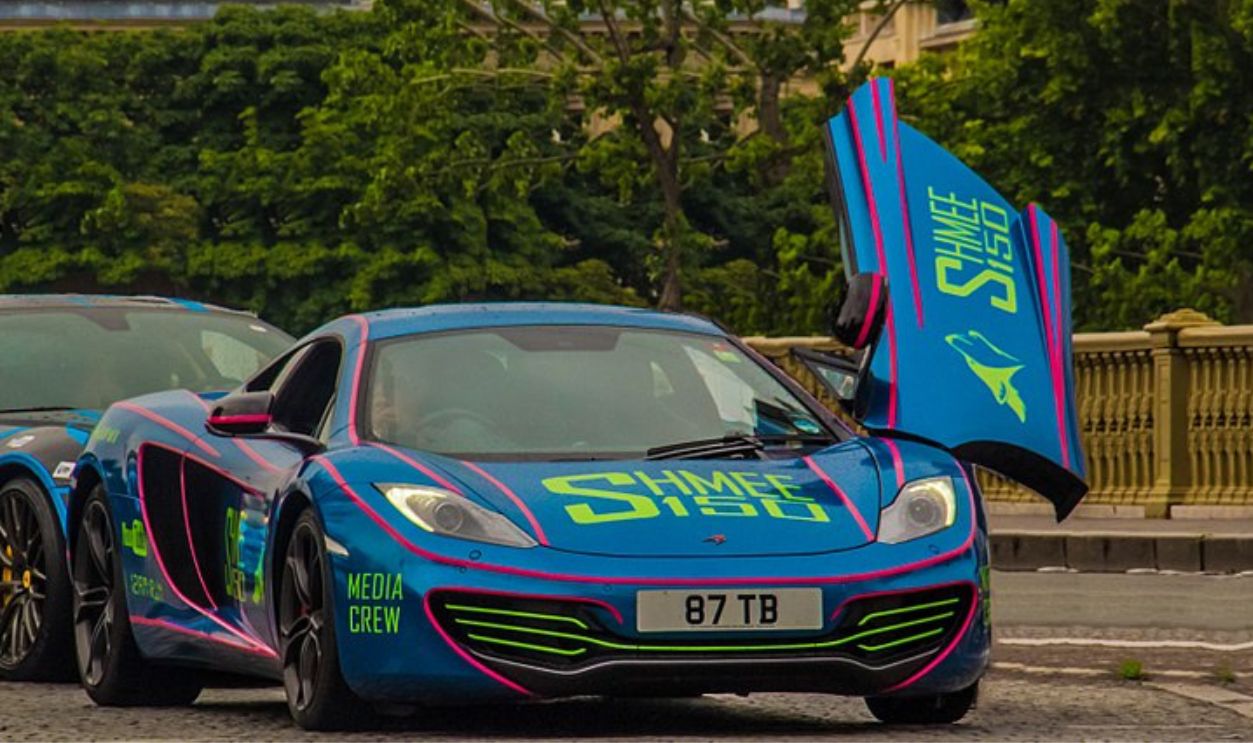 Ben, CC BY-SA 2.0, Wikimedia Commons
Ben, CC BY-SA 2.0, Wikimedia Commons
Ford Gran Torino (Starsky & Hutch, 1975–1979)
The Gran Torino, with its bright red paint and bold white stripe, became an iconic TV car—but not without controversy. While some loved its flashy look, others criticized it for being too over-the-top for a detective duo. The point of "not to be seen" was clearly thrown out the window.
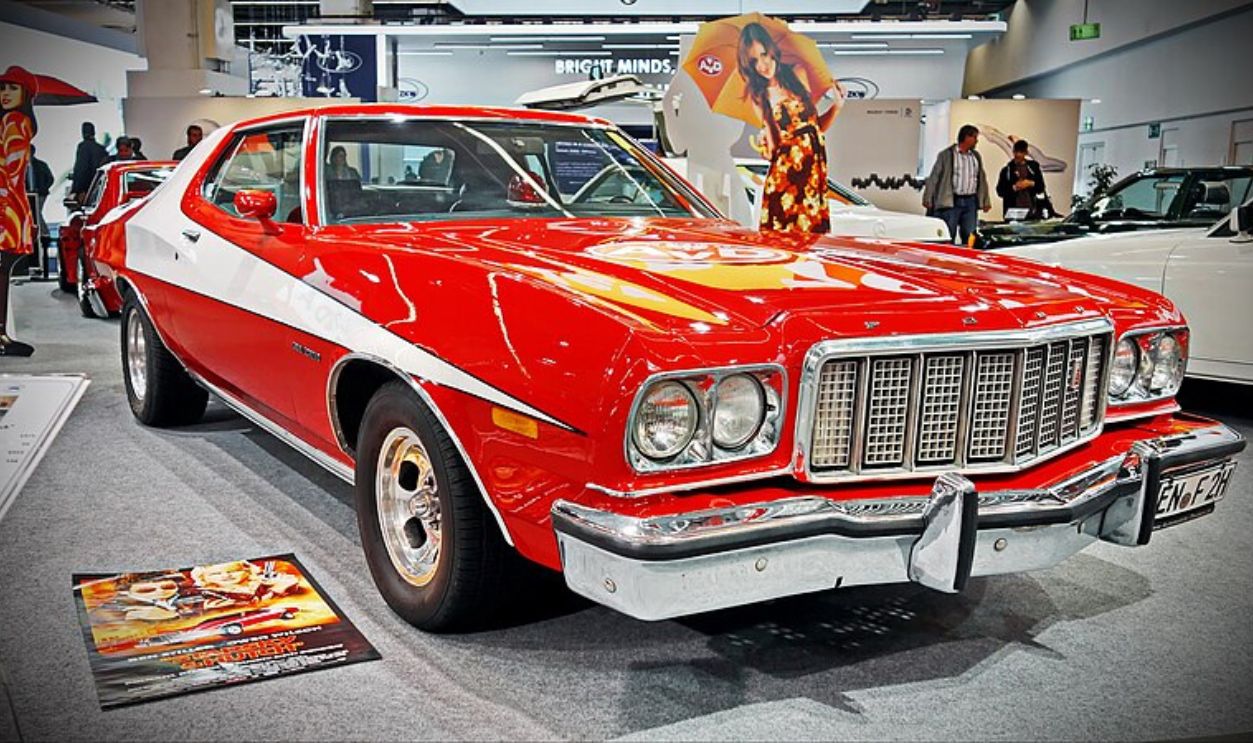 More Cars, CC BY 2.0, Wikimedia Commons
More Cars, CC BY 2.0, Wikimedia Commons
Unrealistic Car Chases
The Gran Torino's high-speed pursuits often stretched the limits of believability. It jumped curbs and survived countless crashes, which is far from reality. Realistically, the car would've been in the shop more often than on the streets for fixes.
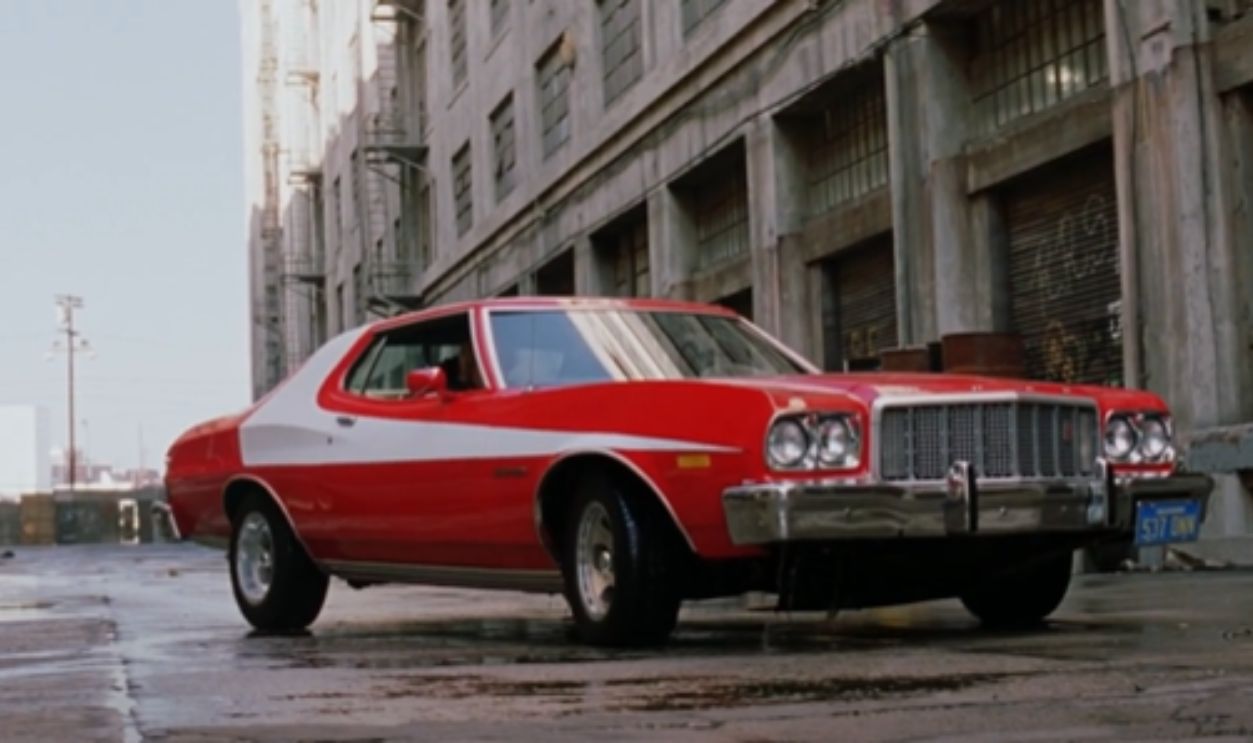 Ford Gran Torino 1976 [Starsky & Hutch] by dubas x86
Ford Gran Torino 1976 [Starsky & Hutch] by dubas x86
What Would Have Worked Better
A darker, more understated muscle car like a black Plymouth Road Runner would have been a better match for the show's tough-guy vibe. It would have kept the edge while feeling more practical for undercover work. Oh, one more thing: Fewer mechanic visits.
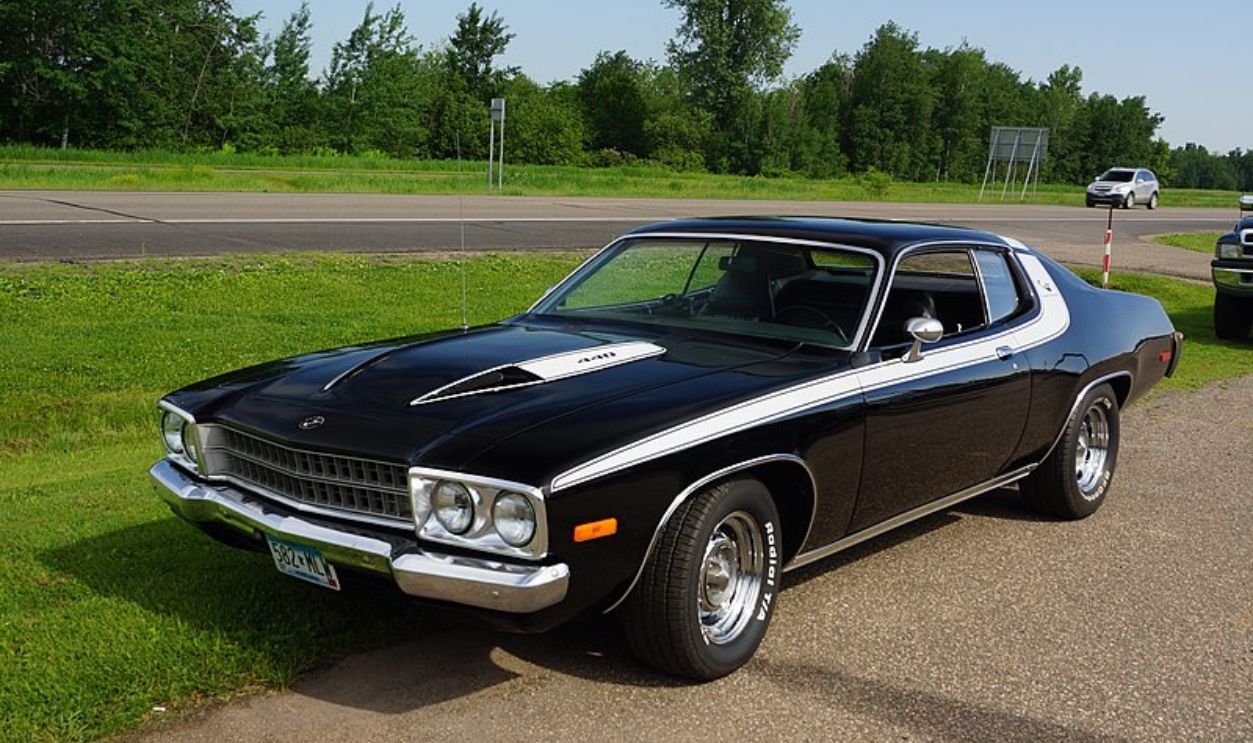 Greg Gjerdingen, CC BY 2.0, Wikimedia Commons
Greg Gjerdingen, CC BY 2.0, Wikimedia Commons
AMC Pacer (Wayne's World, 1992)
The AMC Pacer, affectionately nicknamed the "Mirthmobile," was the perfect ride for Wayne and Garth's goofy antics. However, its bubble-like design and garish baby blue paint were hilariously out of sync with the duo's grunge-rock aesthetic. It became more squirmish.
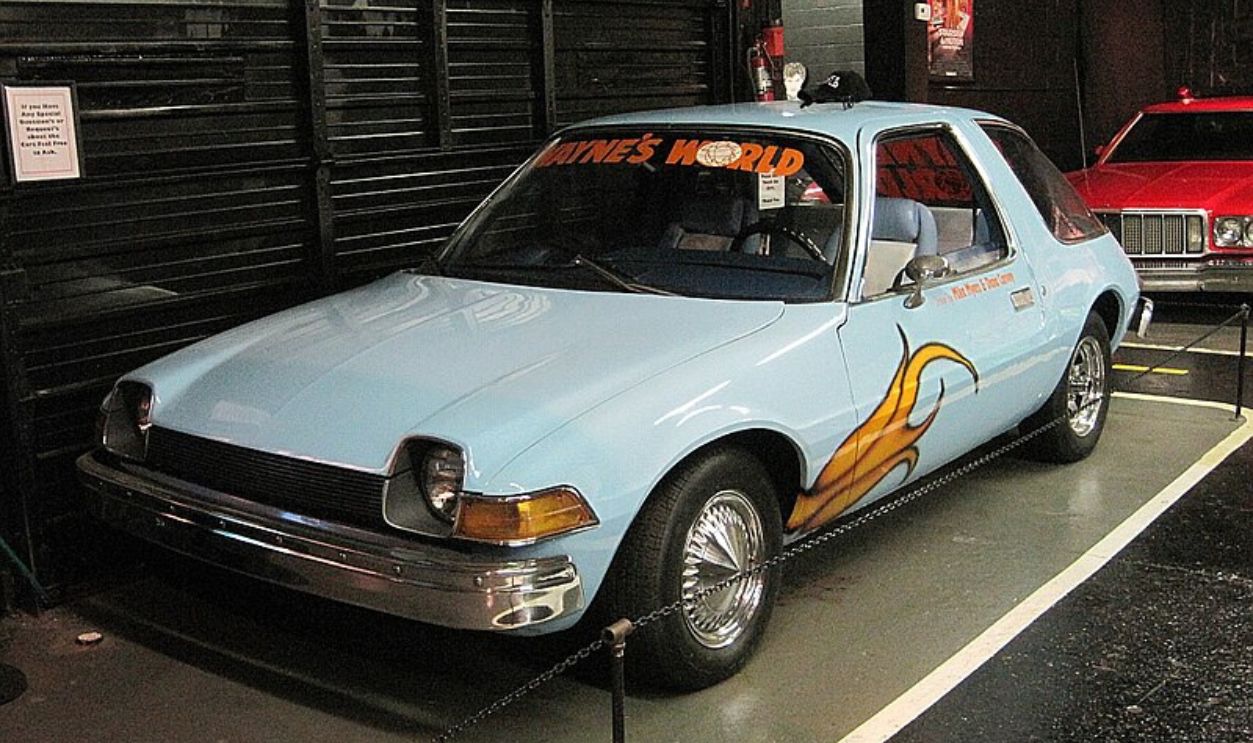 Thomas R Machnitzki, CC BY 3.0, Wikimedia Commons
Thomas R Machnitzki, CC BY 3.0, Wikimedia Commons
Questionable Practicality
Stuffing a giant speaker system into the Pacer was a long stretch. Why? Between the car's lack of space and its questionable durability, it felt like a disaster waiting to happen. Yet, it somehow kept rolling, defying all logic.
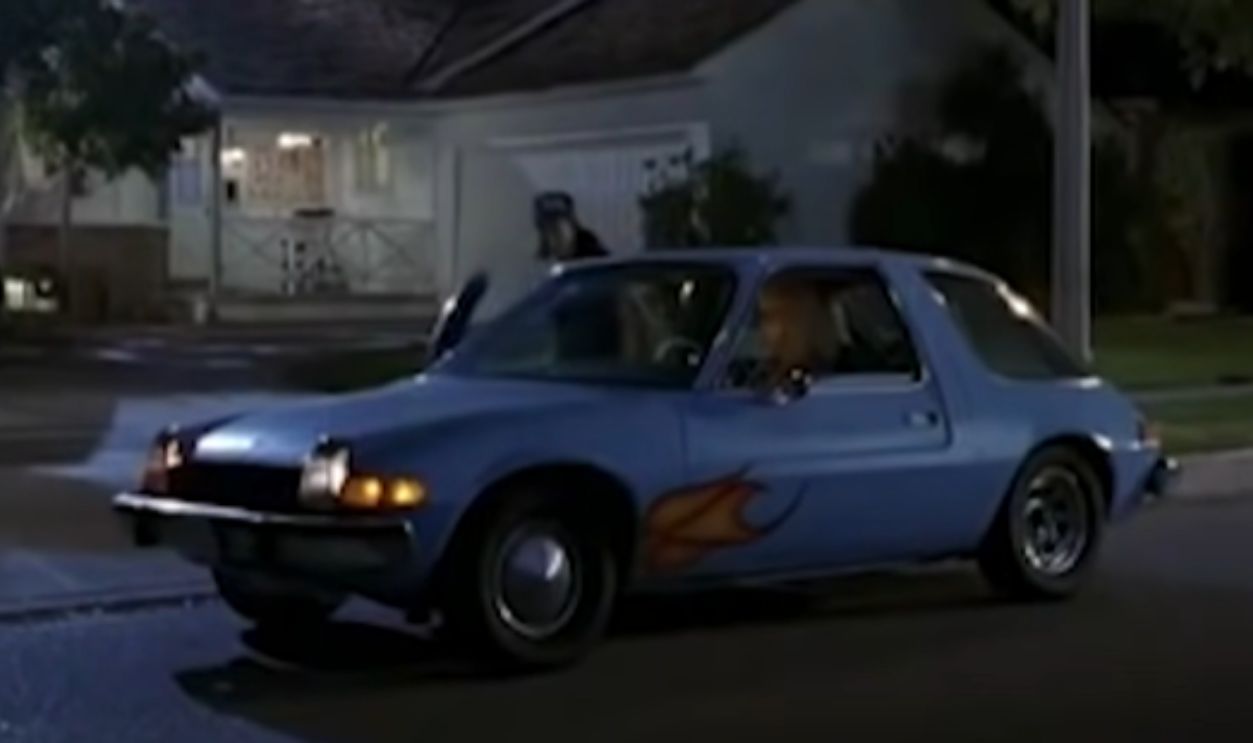 'Wayne's World' car could be yours by CNN Business
'Wayne's World' car could be yours by CNN Business
A Ride Less Squirmish
A beat-up Volkswagen Vanagon would have been the ideal match to the pair's laid-back vibe while offering the practicality to haul all their gear. It would've been just as quirky but far more believable.
DeLorean DMC-12 (Back To The Future, 1985)
The DeLorean DMC-12 was definitely a pop culture hit in the 90's thanks to its "time machine" appeal. The downside is its futuristic stainless steel body and gull-wing doors, which masked its poor performance and unreliable engineering. Off-screen, it was a commercial flop, making its fame ironic.
Unrealistic Speed Requirements
This car's real-world top speed was far from the 88 mph, which was needed to trigger time travel. Scenes of it outrunning enemies or zipping through lightning storms were pure fantasy, as the car's underpowered engine would have struggled to keep up.
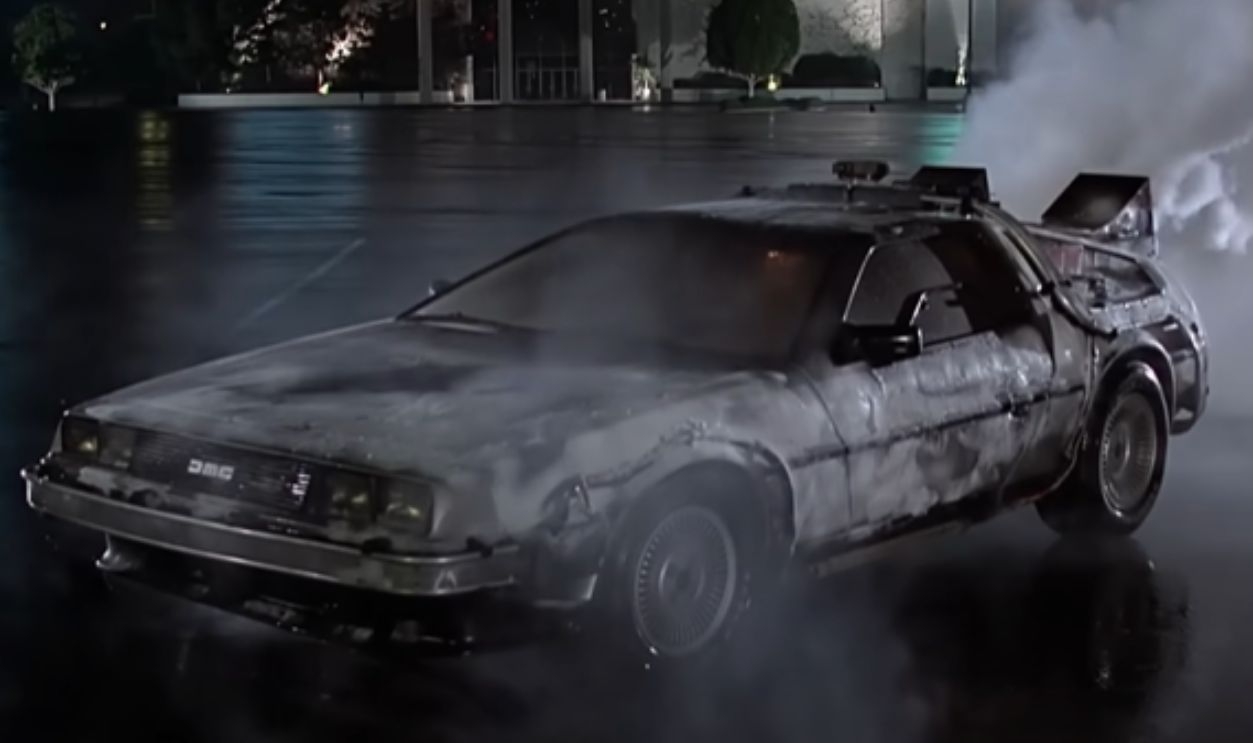 Back to the Future | The Very First DeLorean Time Travel Scene by Universal Pictures
Back to the Future | The Very First DeLorean Time Travel Scene by Universal Pictures
A Faster One To Hit "Time Travel" Speed
What would have been a better pick is a sleek Chevrolet Corvette from the '80s. This could have achieved the futuristic look while delivering the power and speed the DeLorean truly lacked. It might have sacrificed quirkiness but gained believability.
 Alexander Migl, CC BY-SA 4.0, Wikimedia Commons
Alexander Migl, CC BY-SA 4.0, Wikimedia Commons
Ecto-1 (1959 Cadillac Miller-Meteor) (Ghostbusters, 1984)
The Ecto-1, a converted 1959 Cadillac ambulance, became synonymous with the Ghostbusters. Its retro style and outlandish modifications fit the team's DIY allure, but it was not practical. The biggest question regarding its selection had to be its sheer size and weight. Now, imagine adding all that ghost-catching gear?
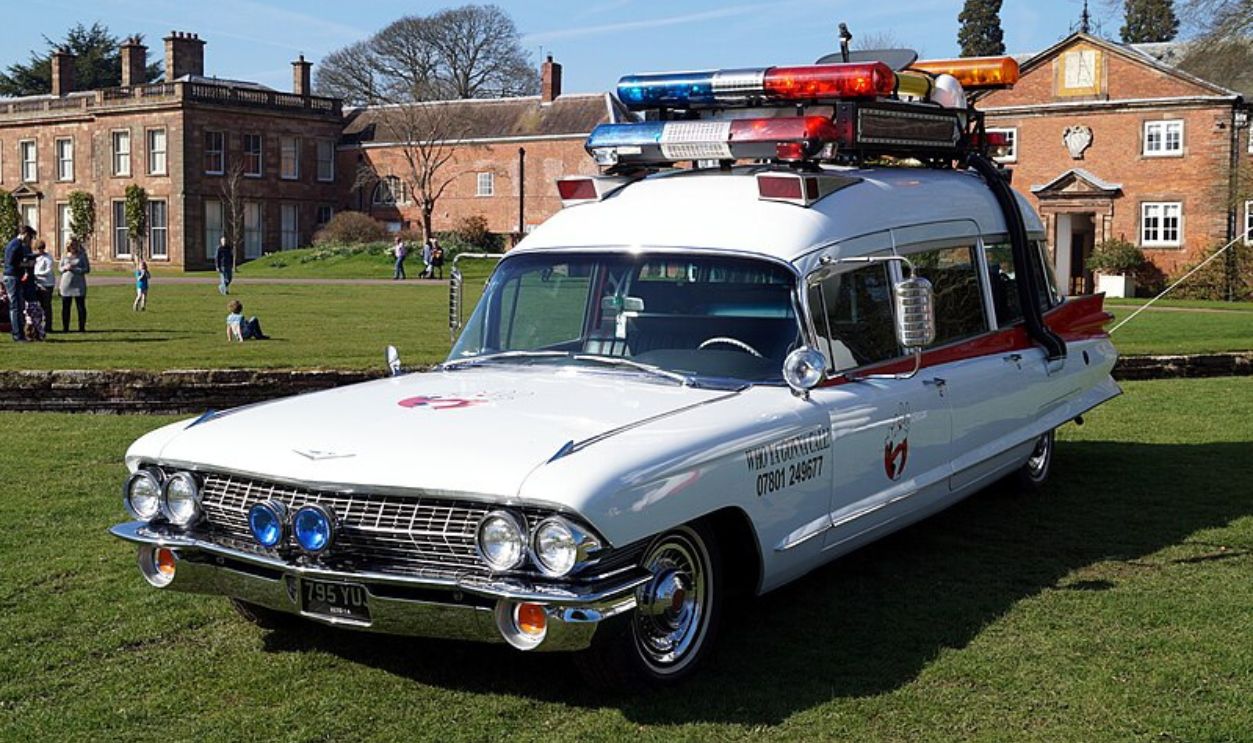 Jonathan Stonehouse, CC BY 2.0, Wikimedia Commons
Jonathan Stonehouse, CC BY 2.0, Wikimedia Commons
Breakdowns And Bumps
Frequent mechanical issues were part of the Ecto-1's character, but if the concept was built on anything real, they would have hindered the Ghostbusters' efficiency. Maneuvering this massive car through crowded New York streets was a far-fetched dream. A better fit would be a customized Dodge Ram van.
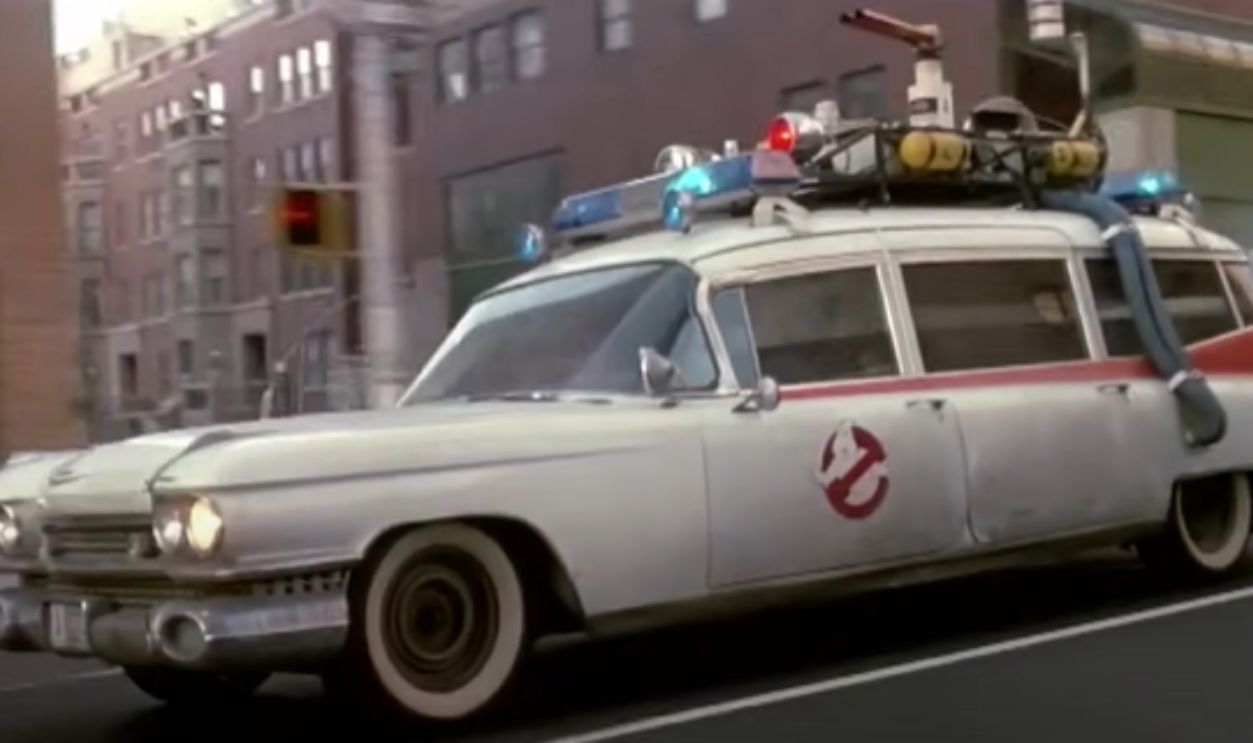 Ecto-1 Intro - Ghostbusters 2 by Ghostbusters.net
Ecto-1 Intro - Ghostbusters 2 by Ghostbusters.net


